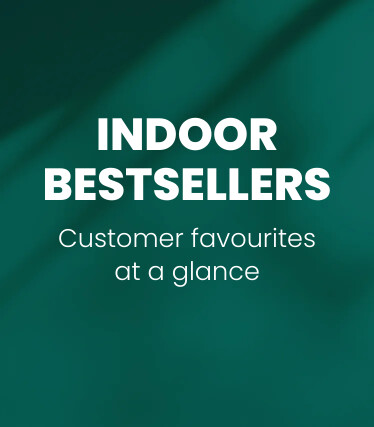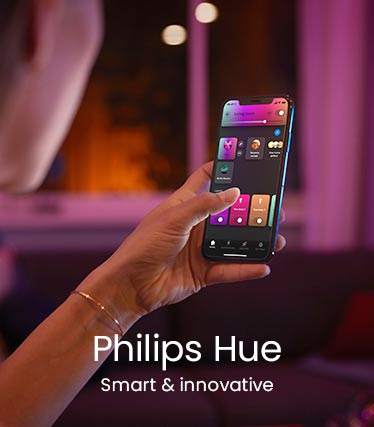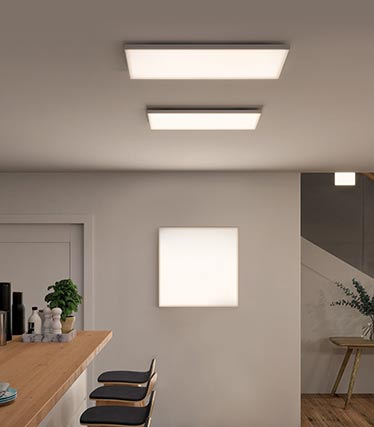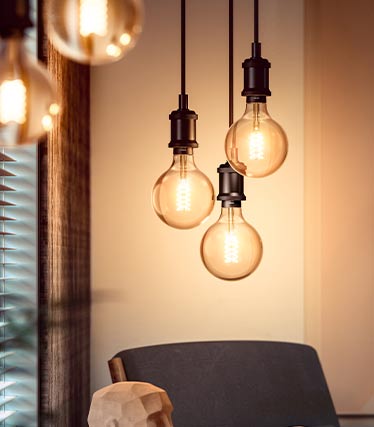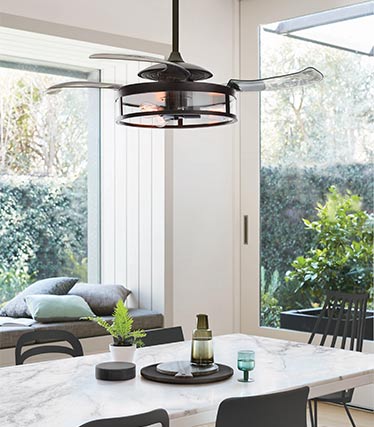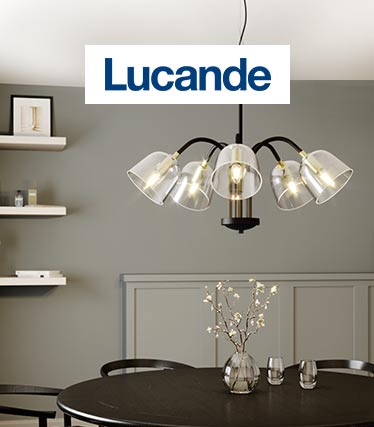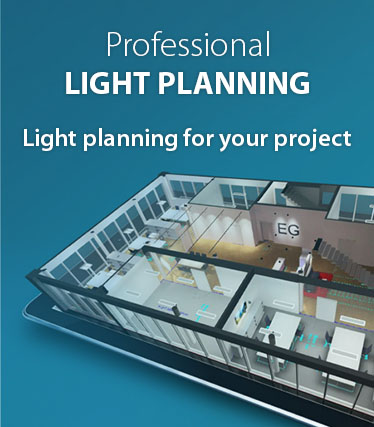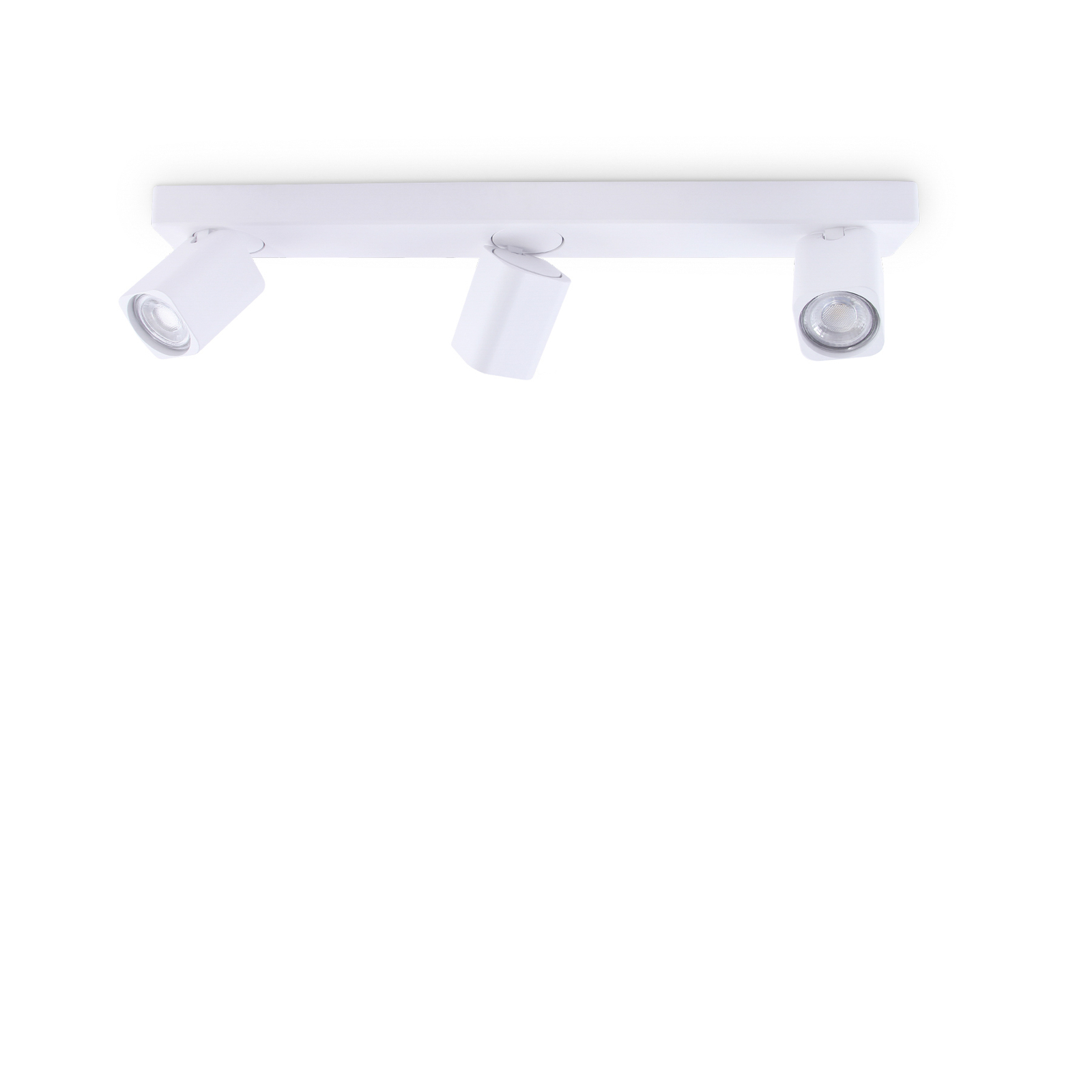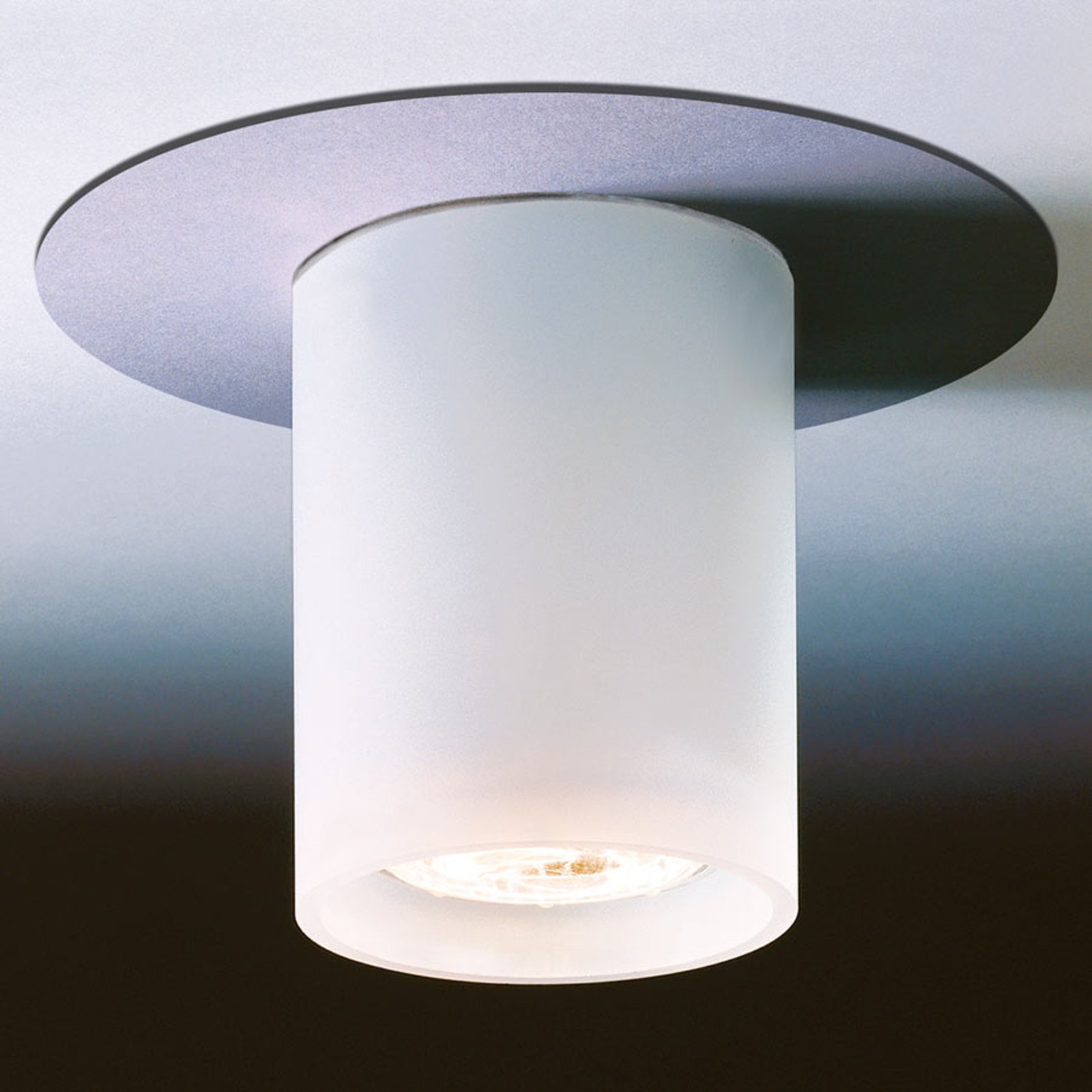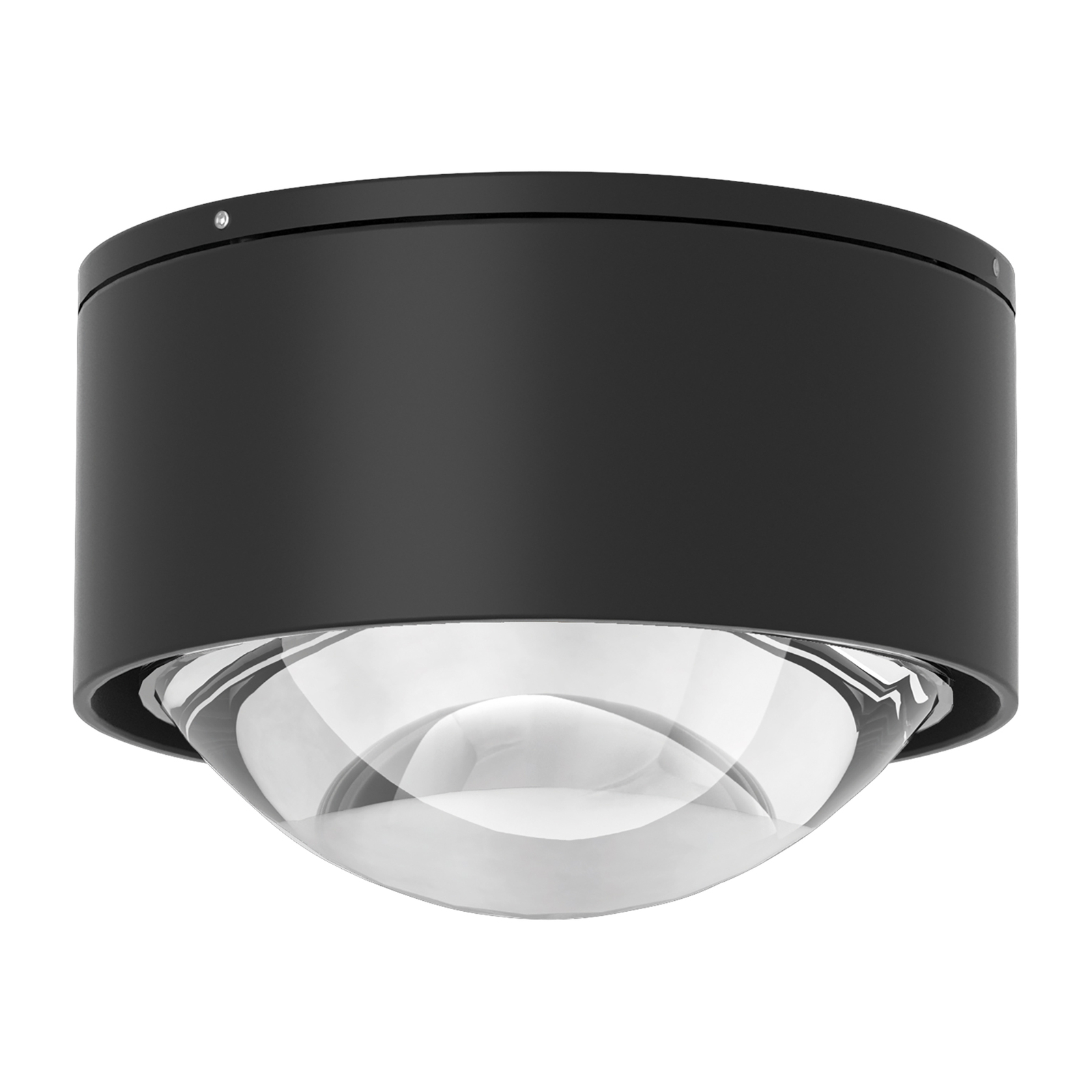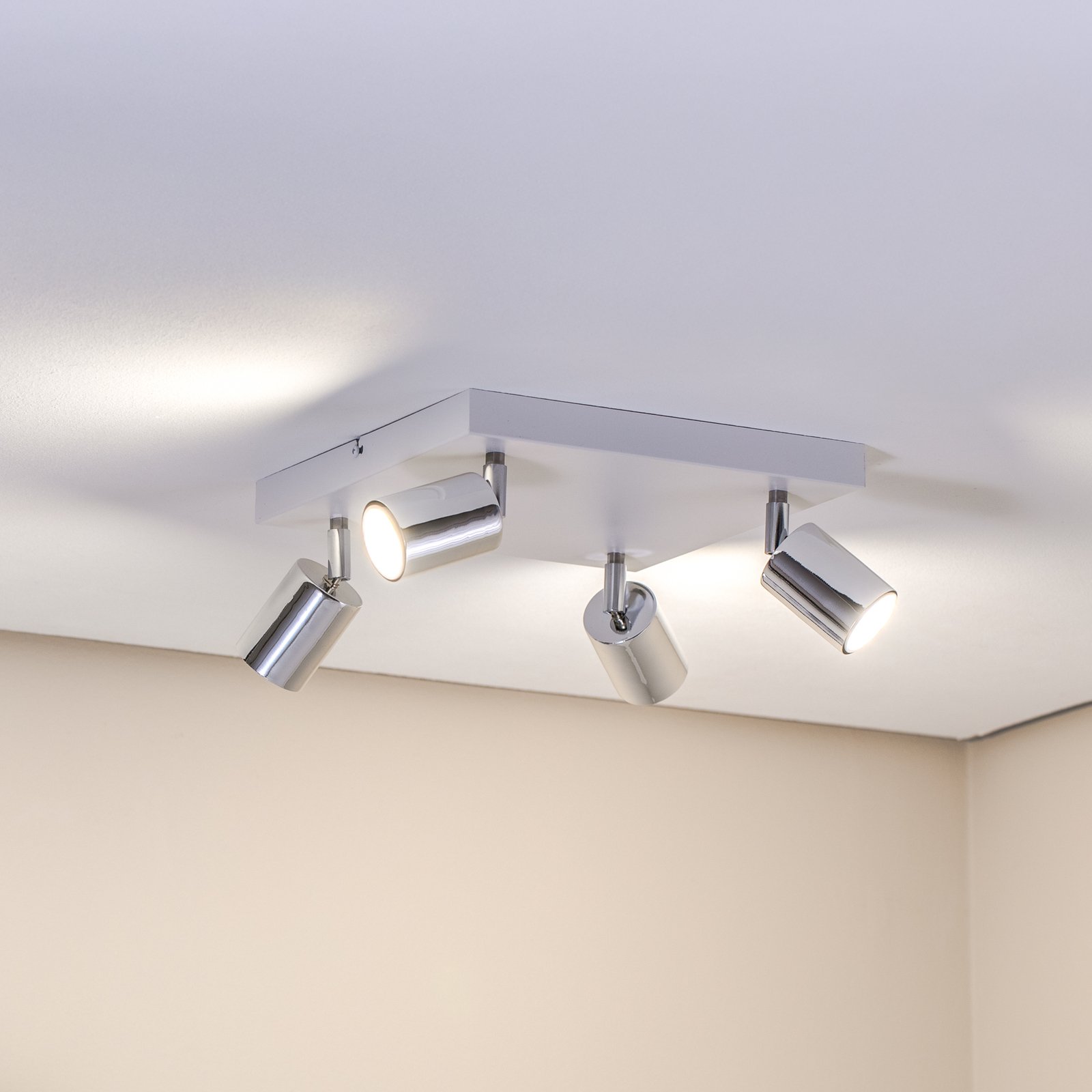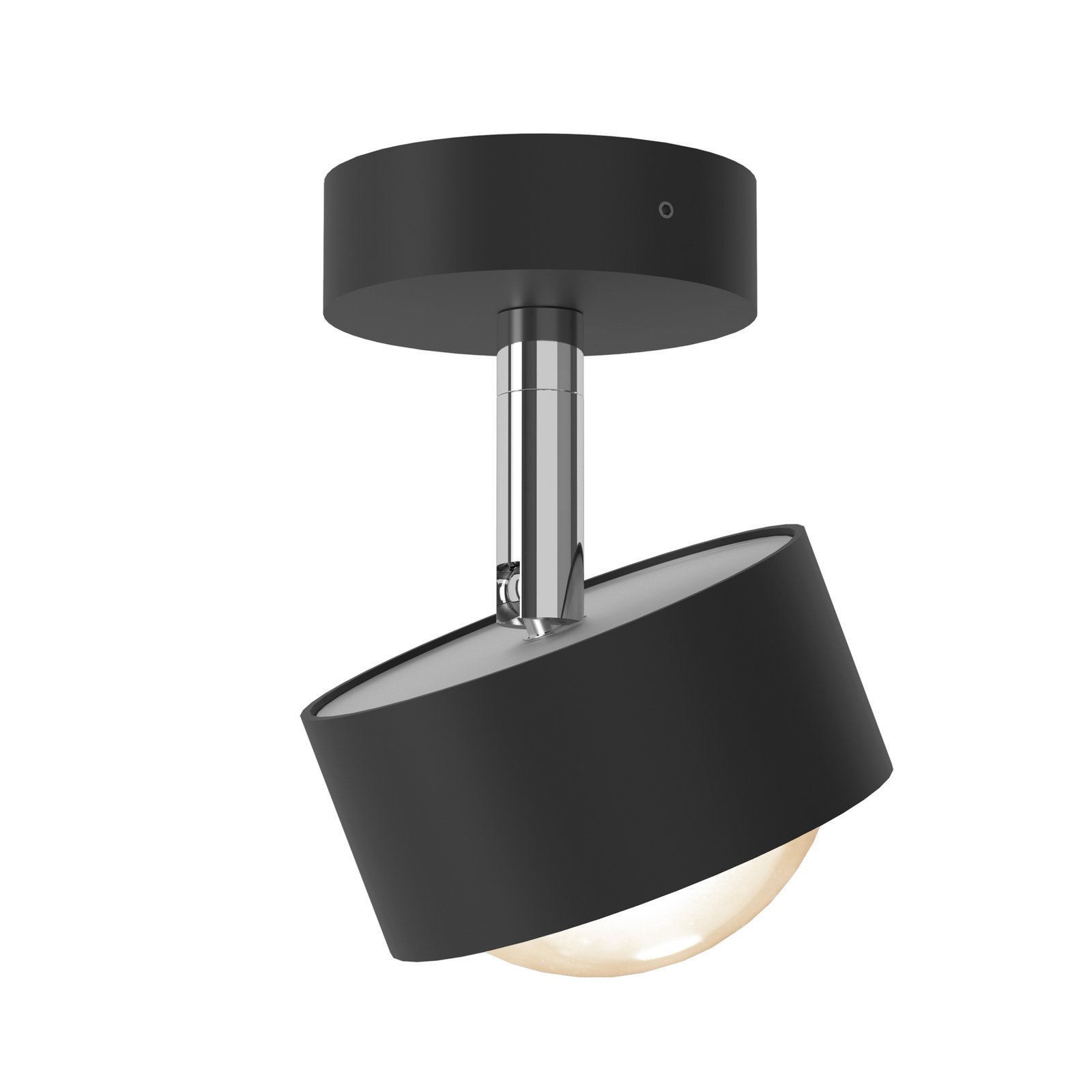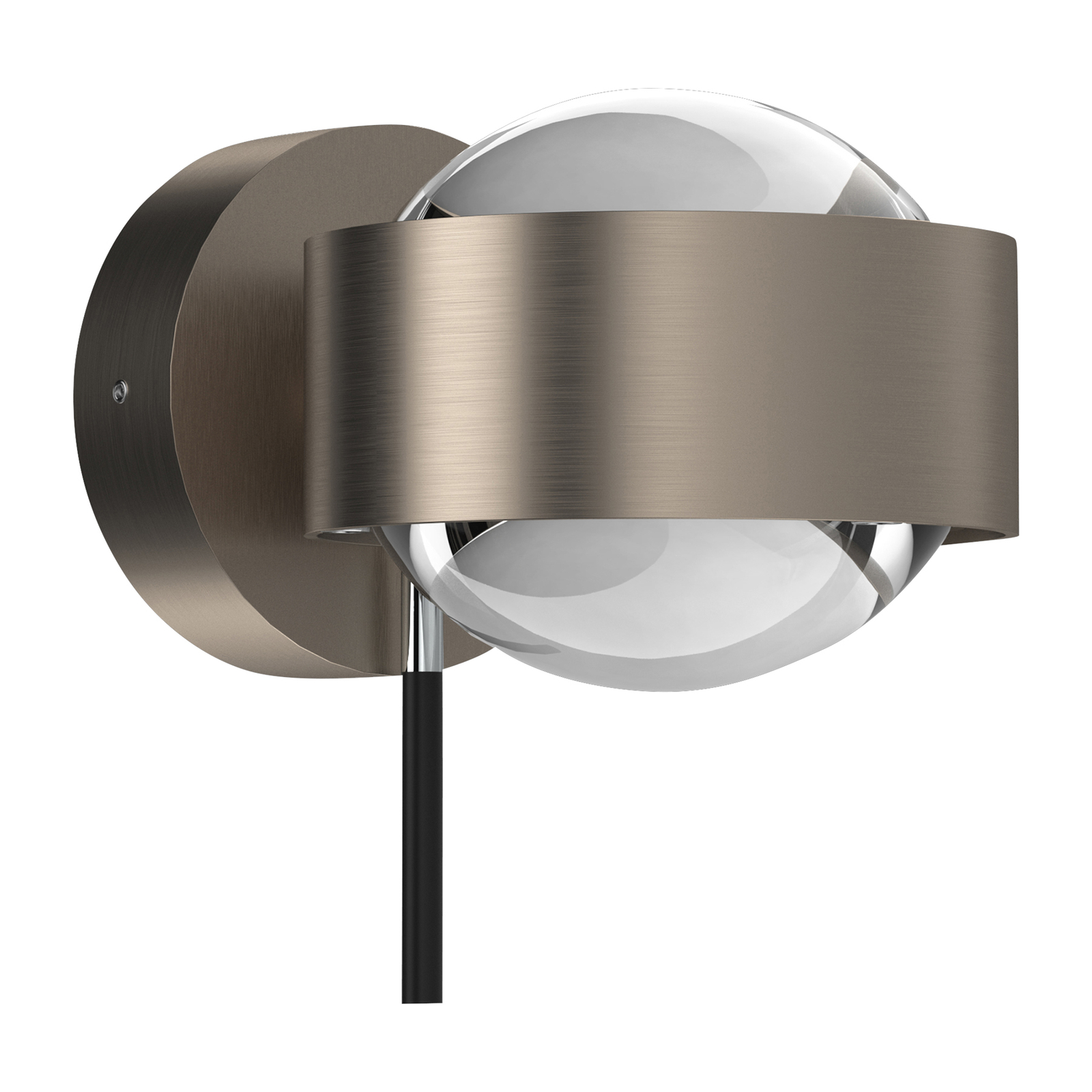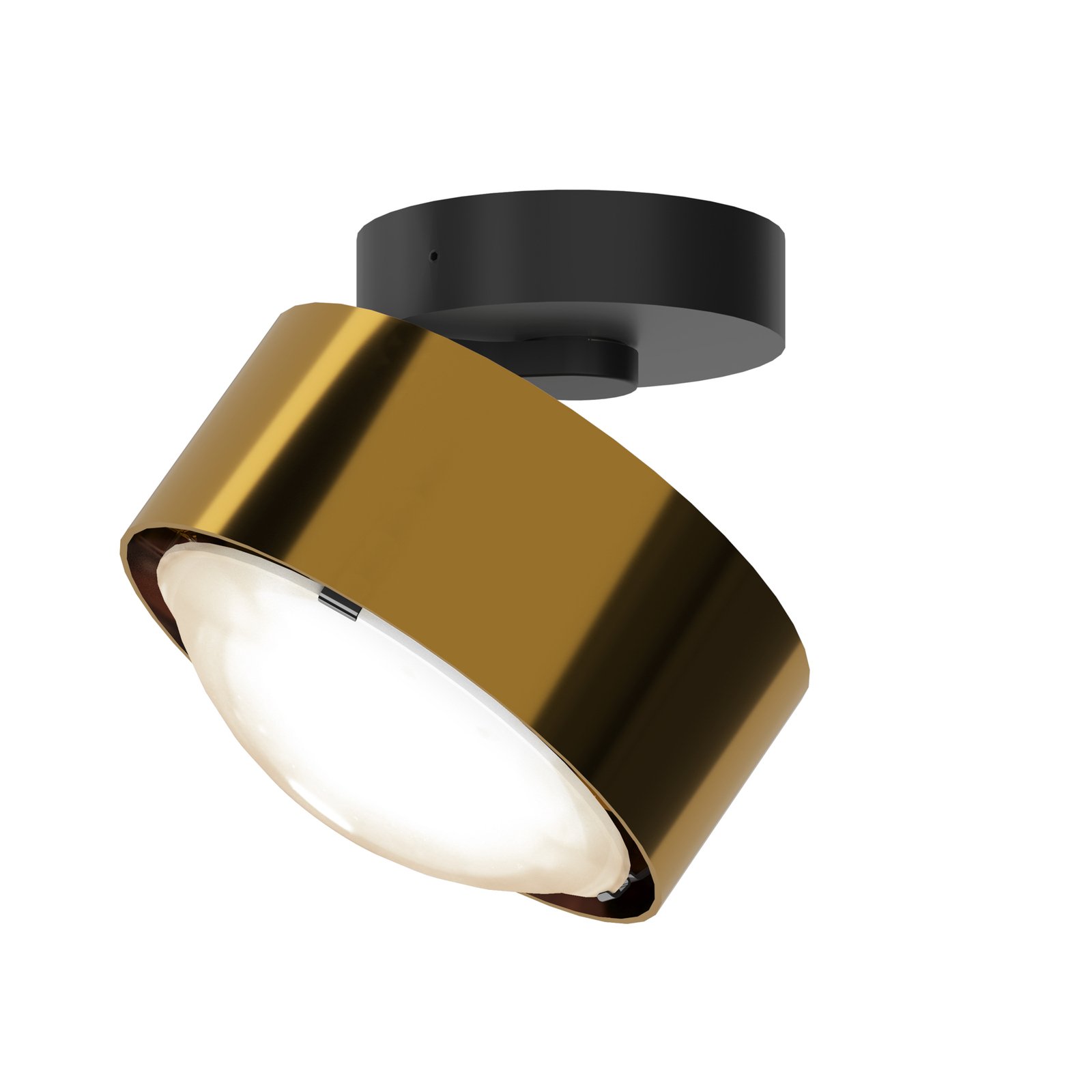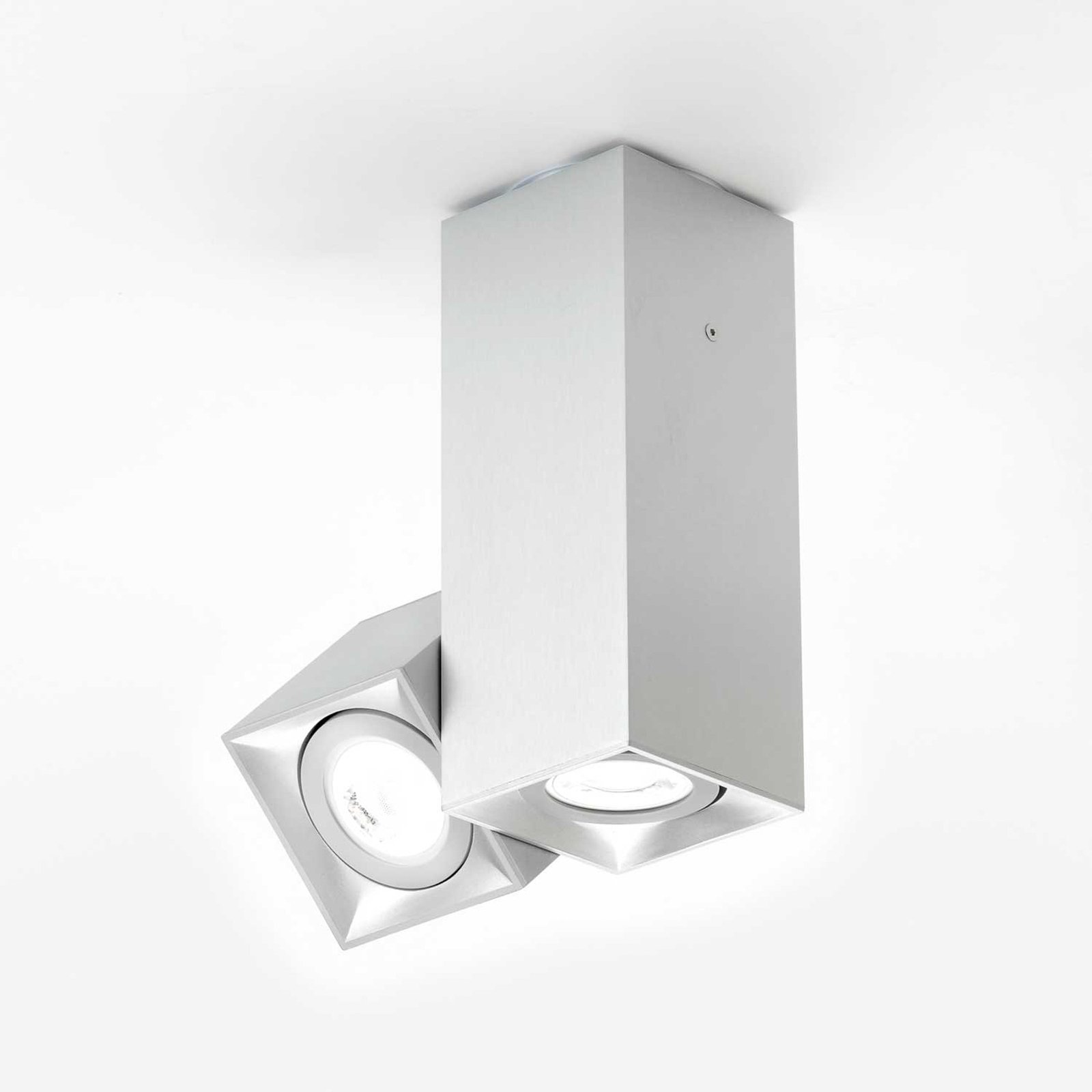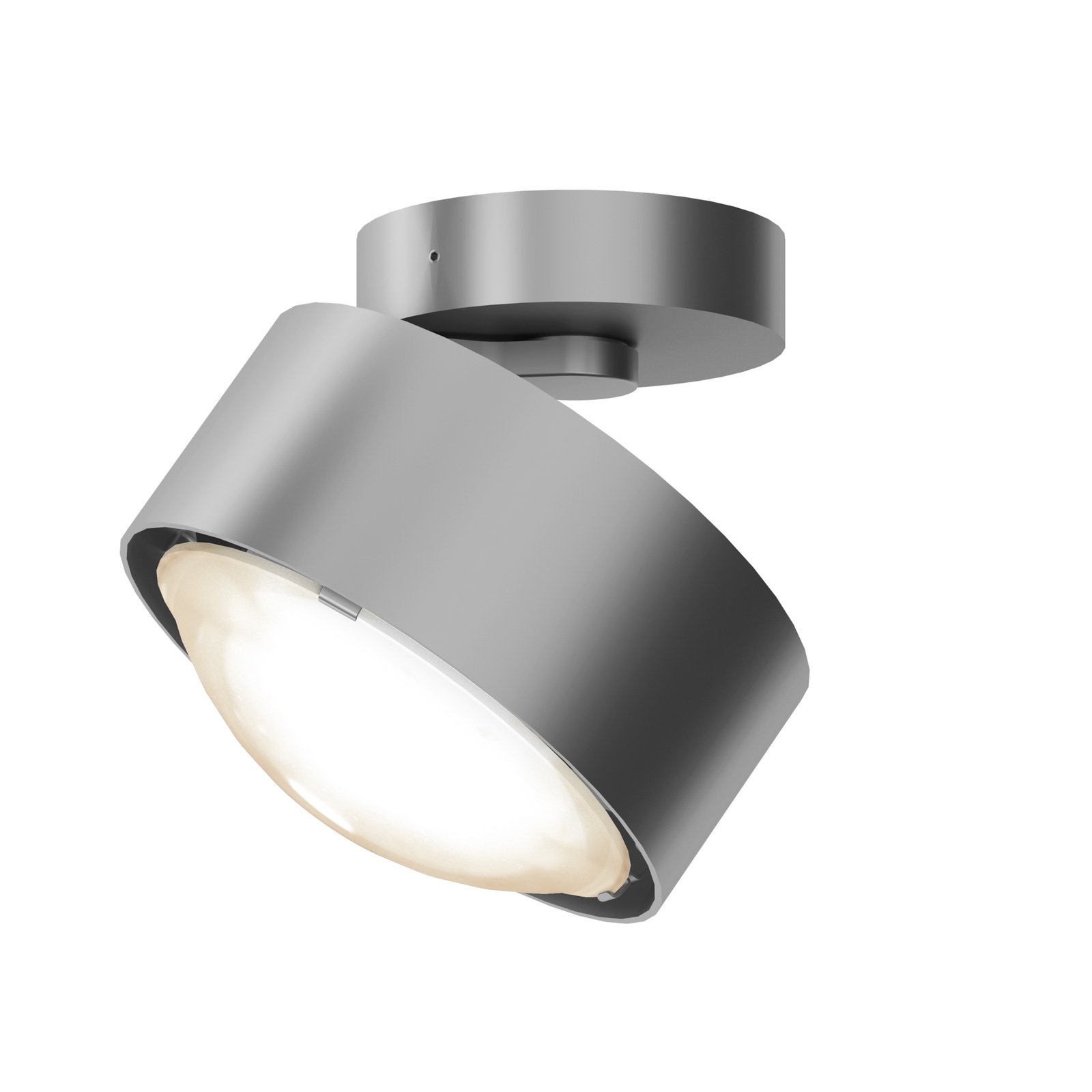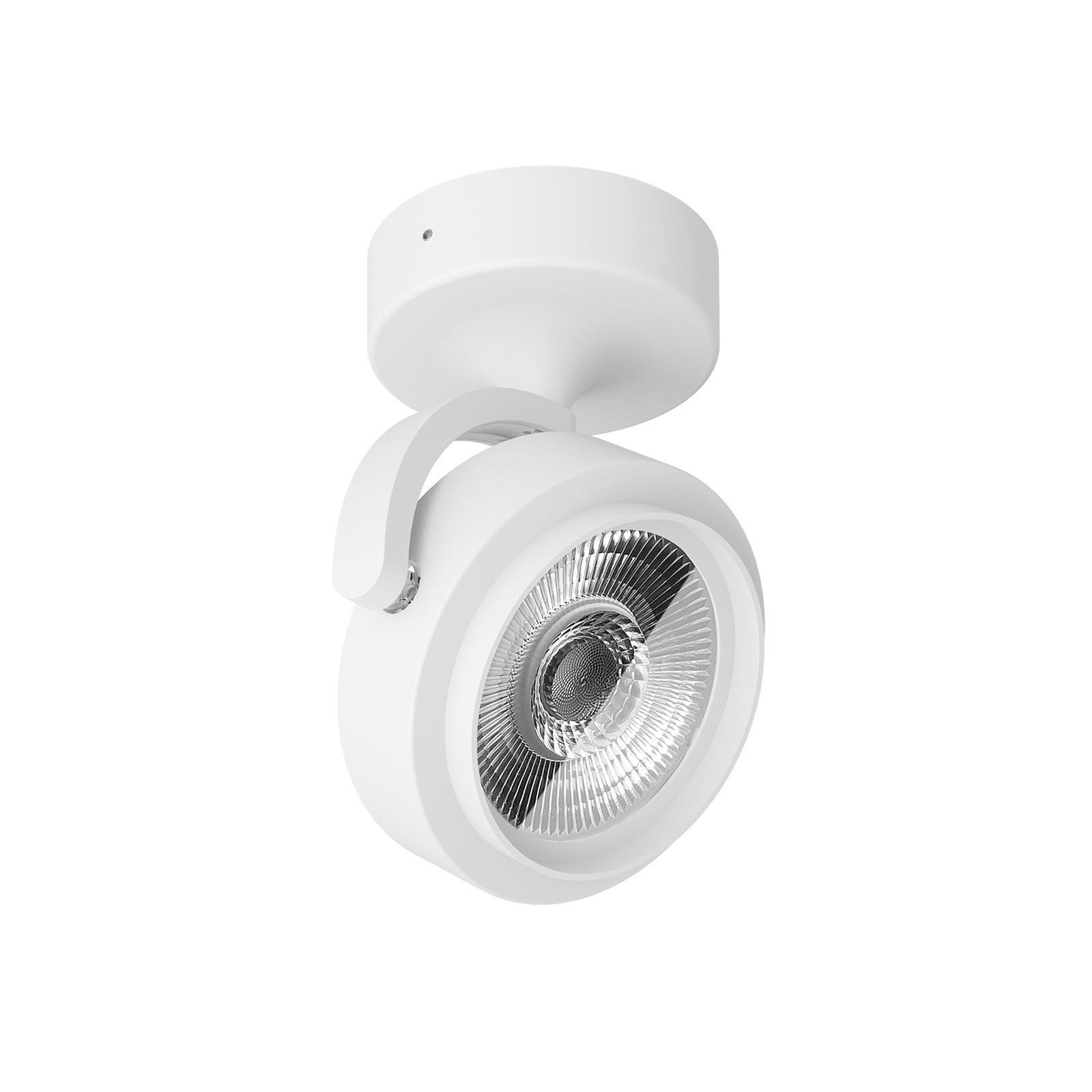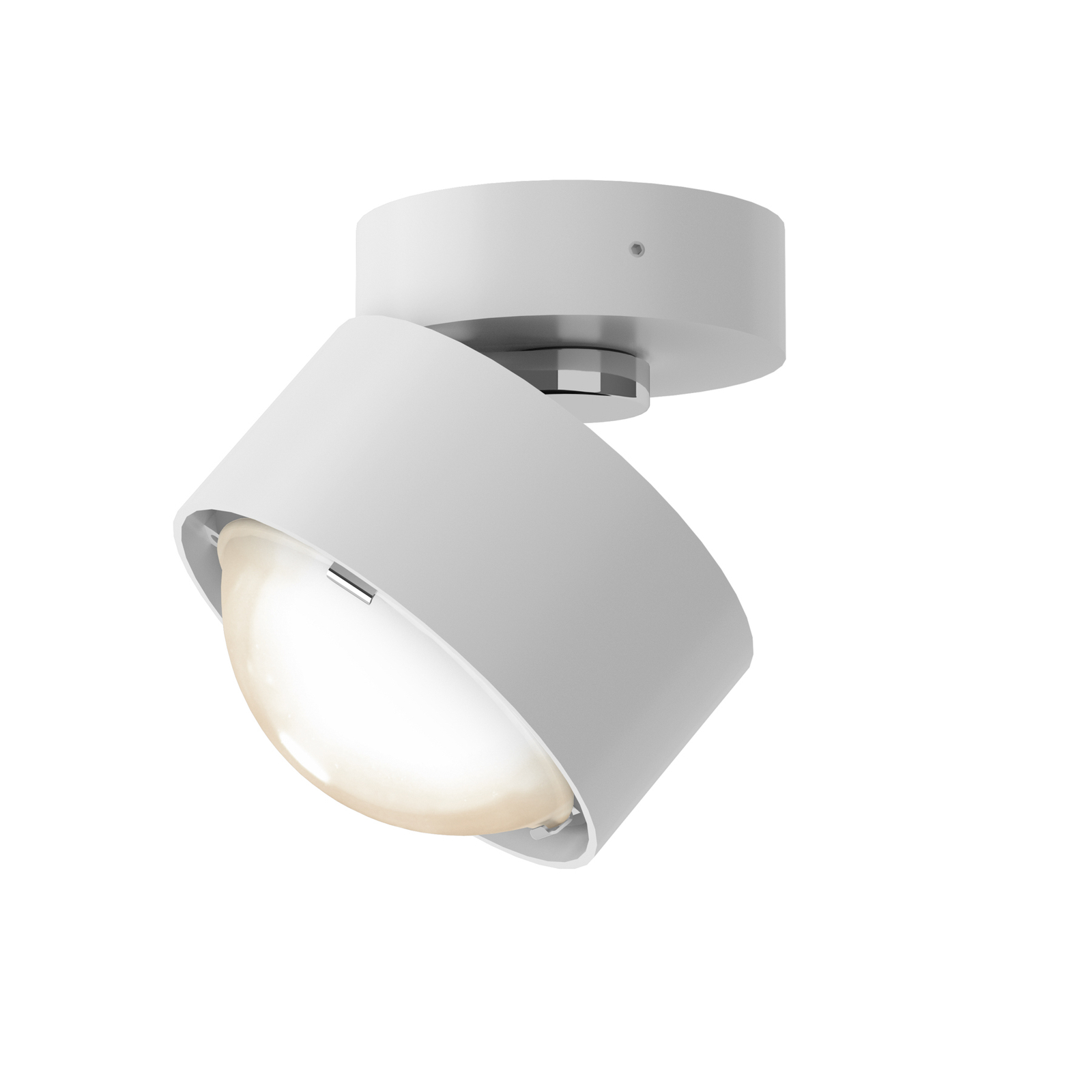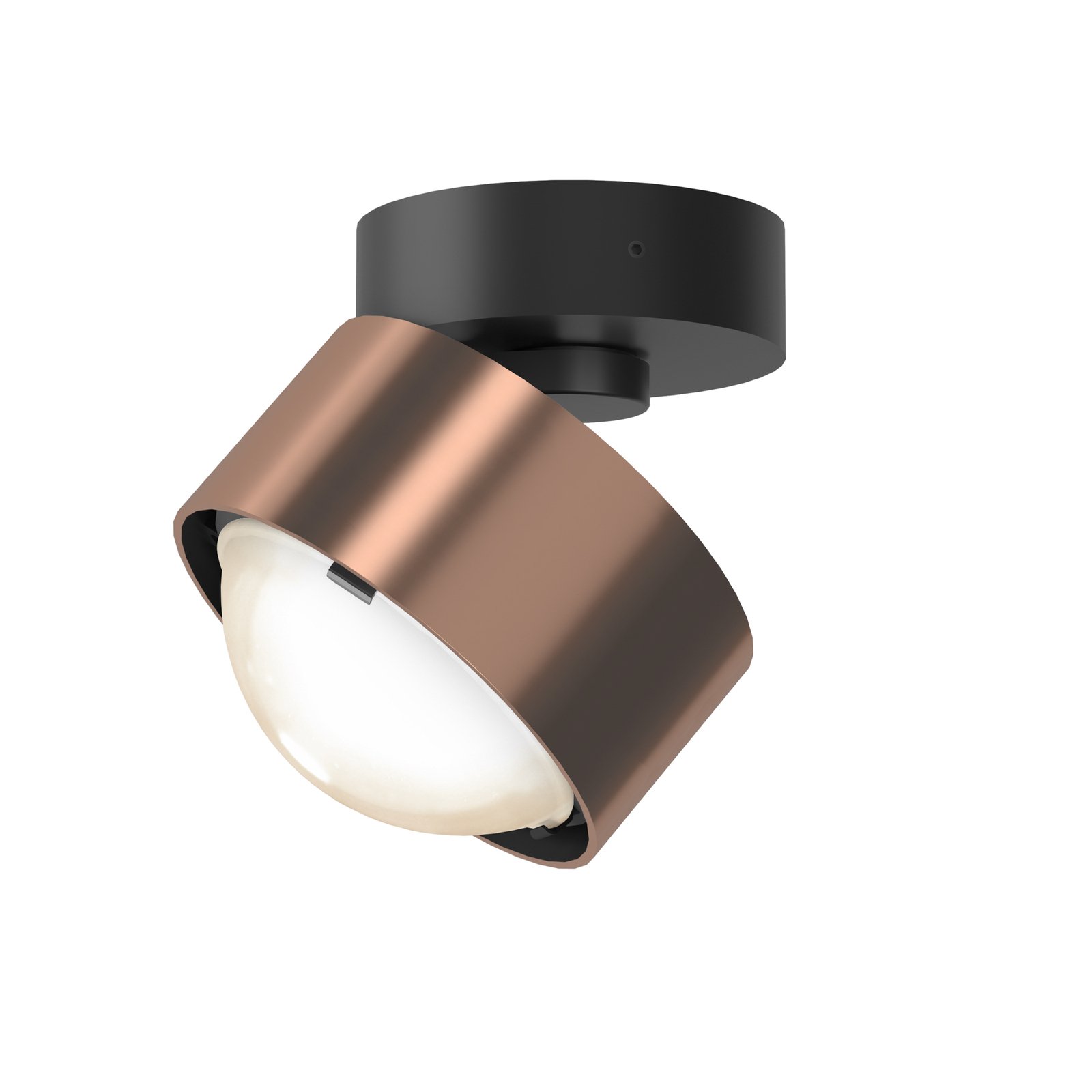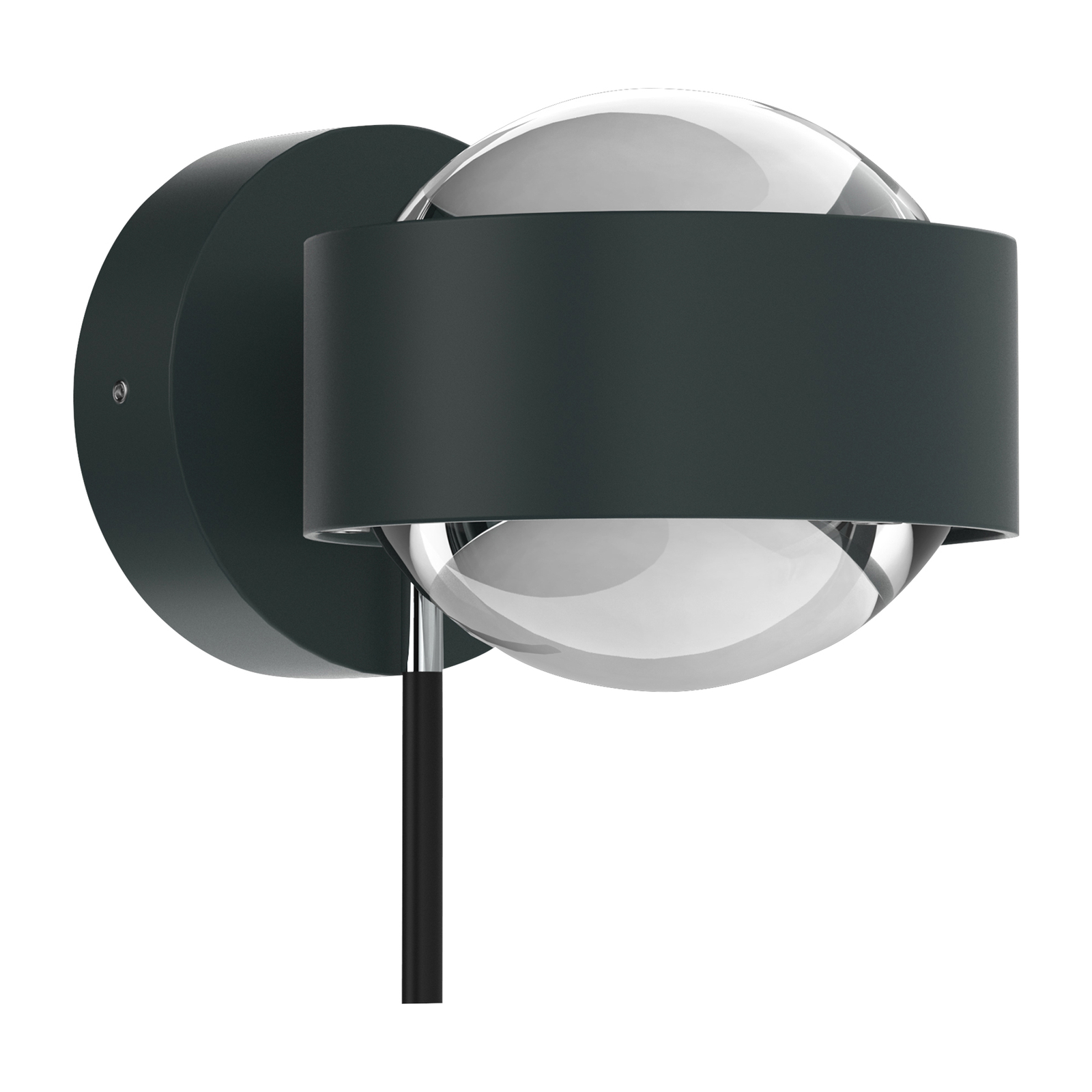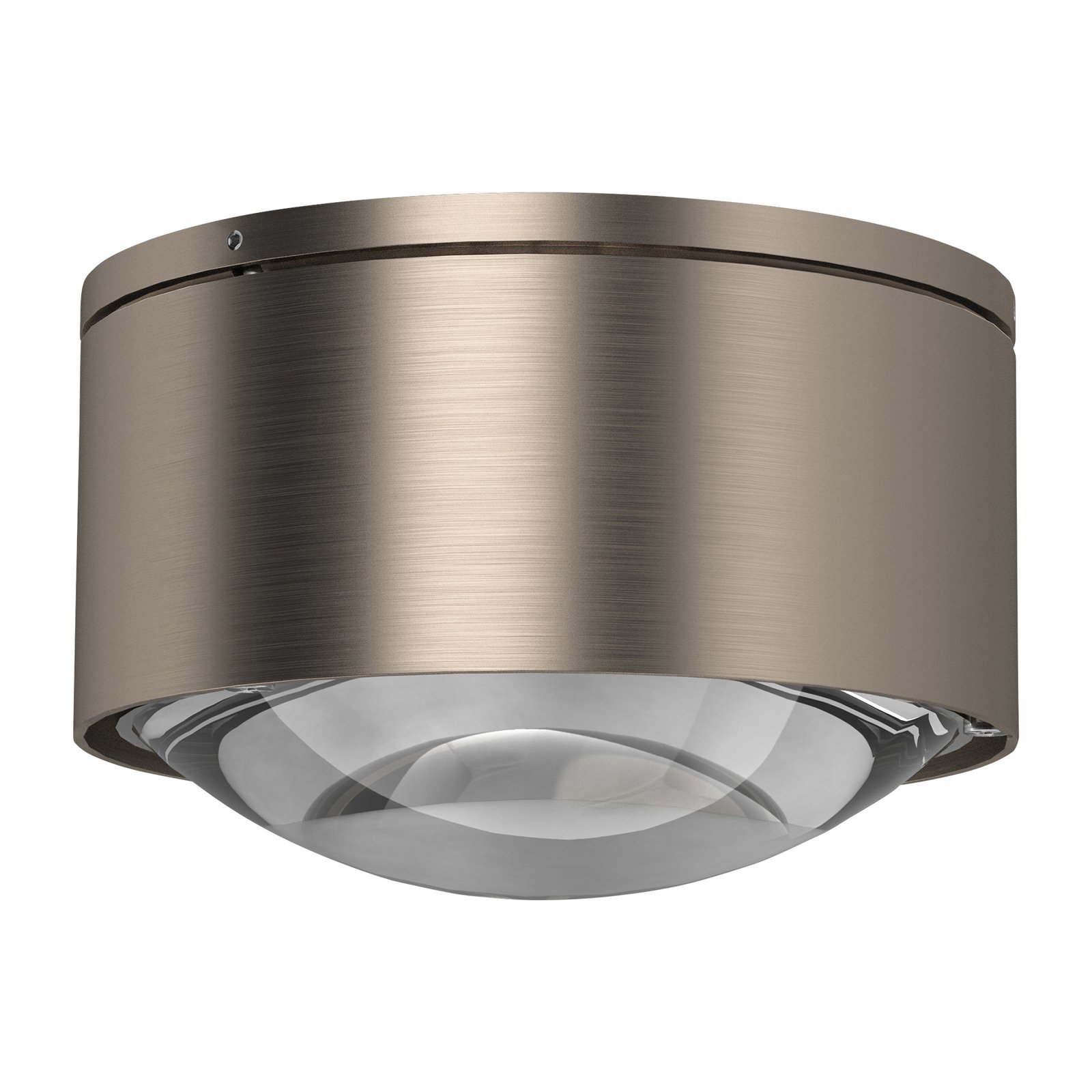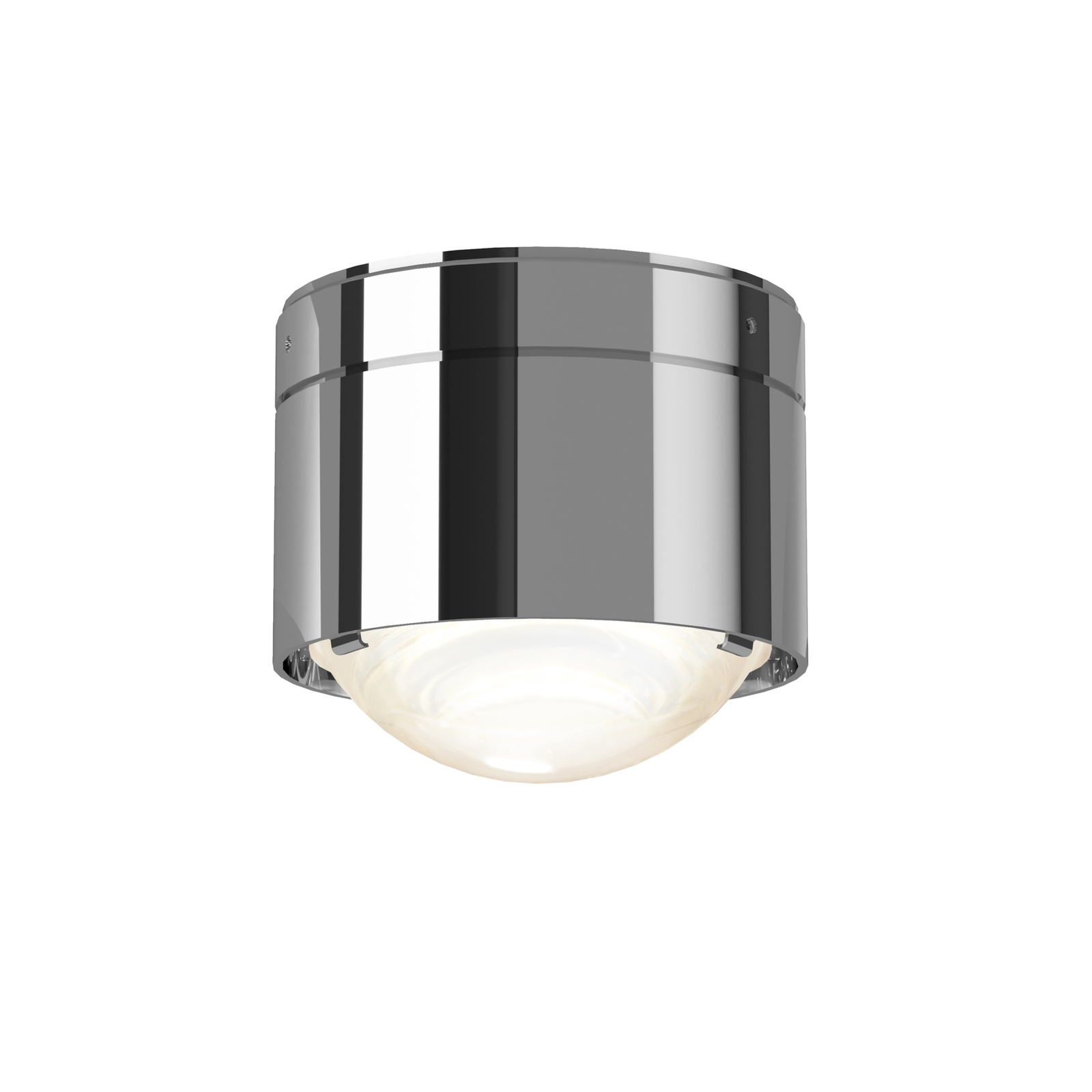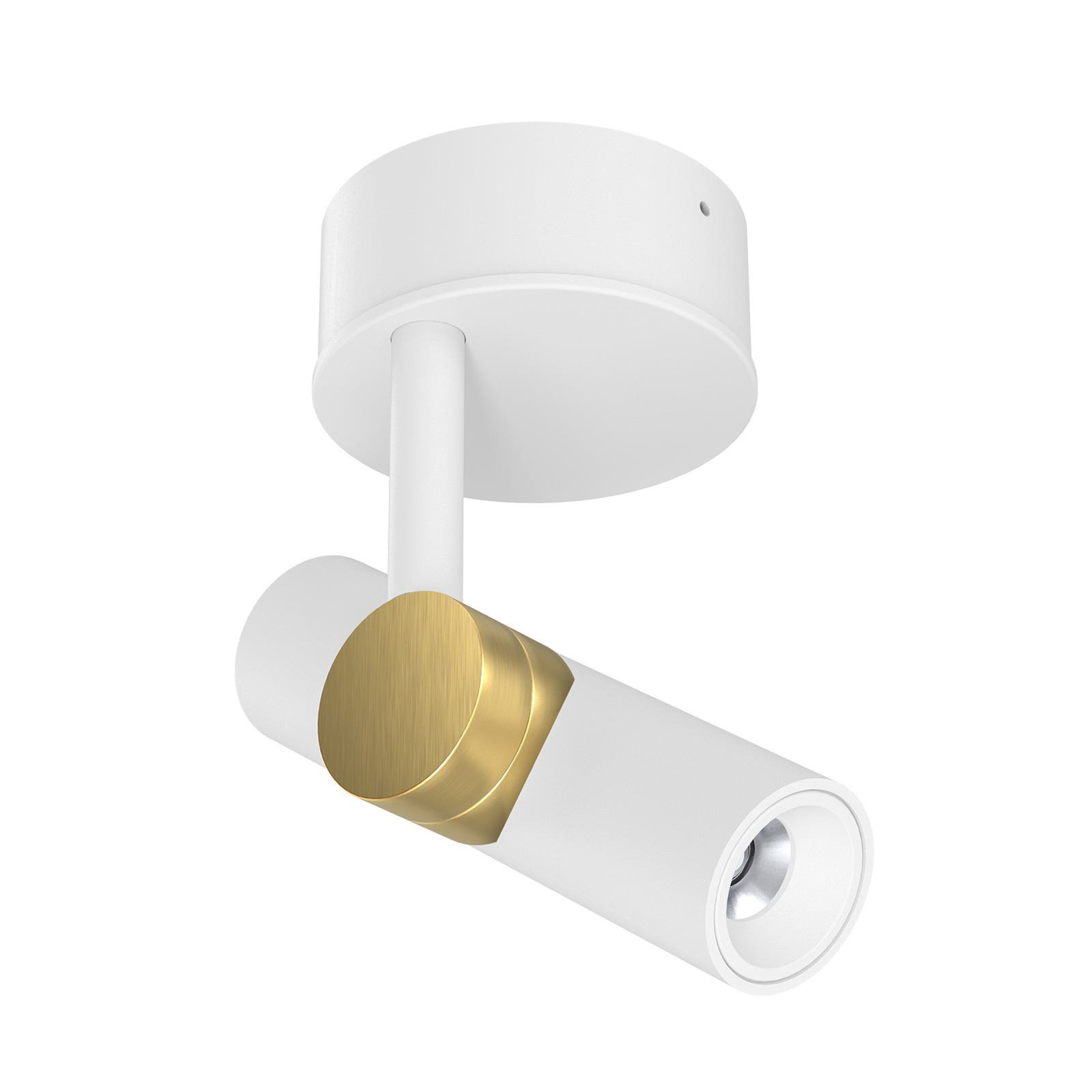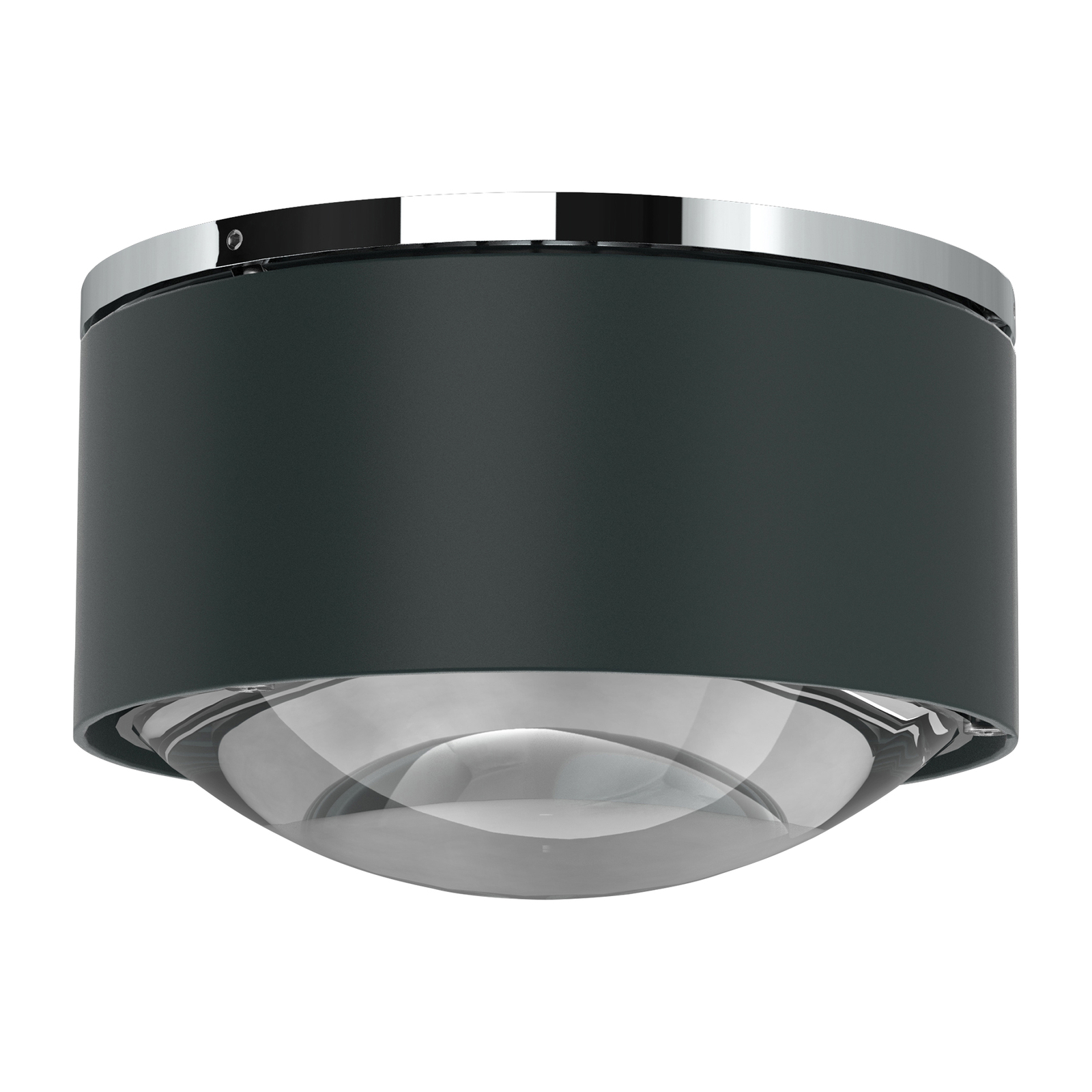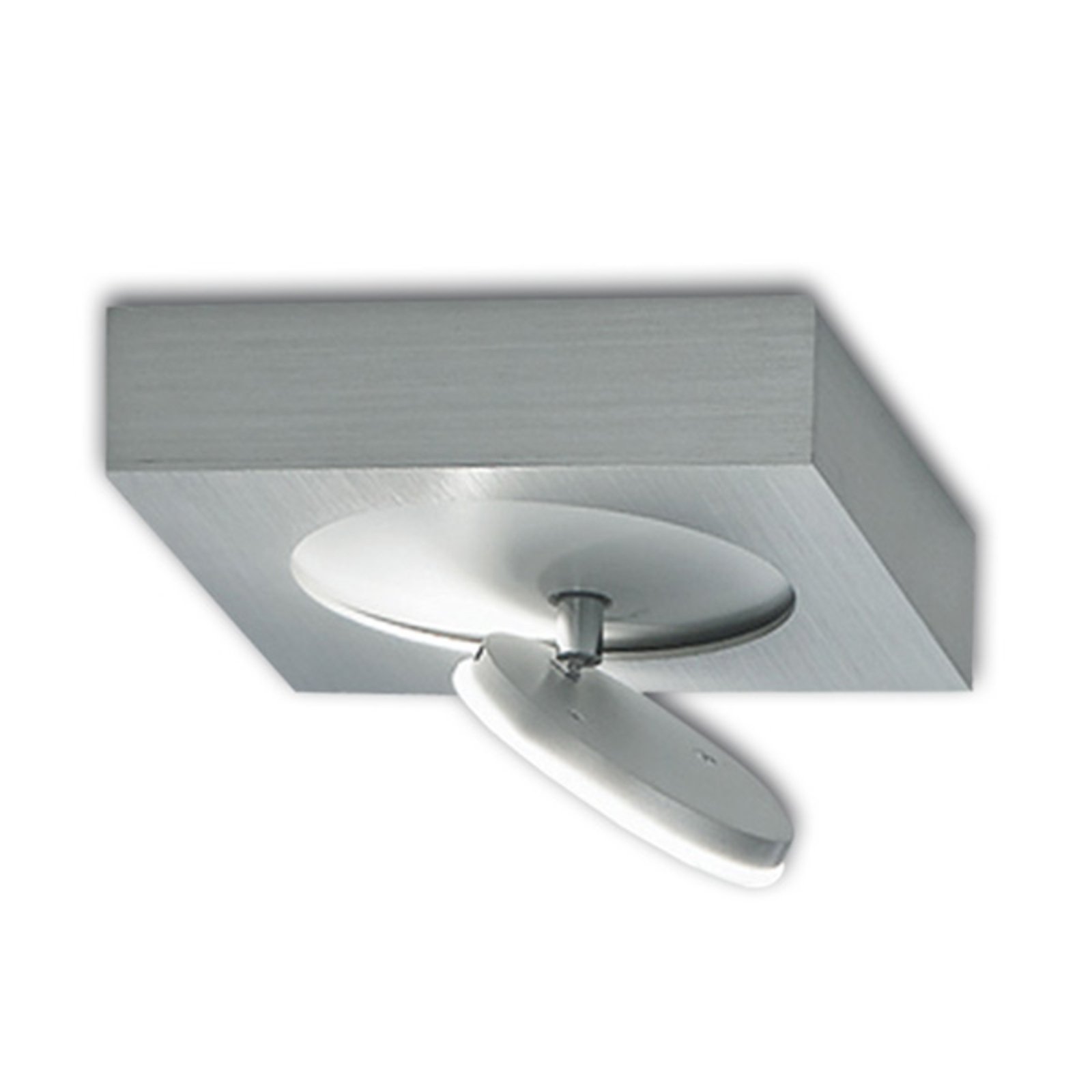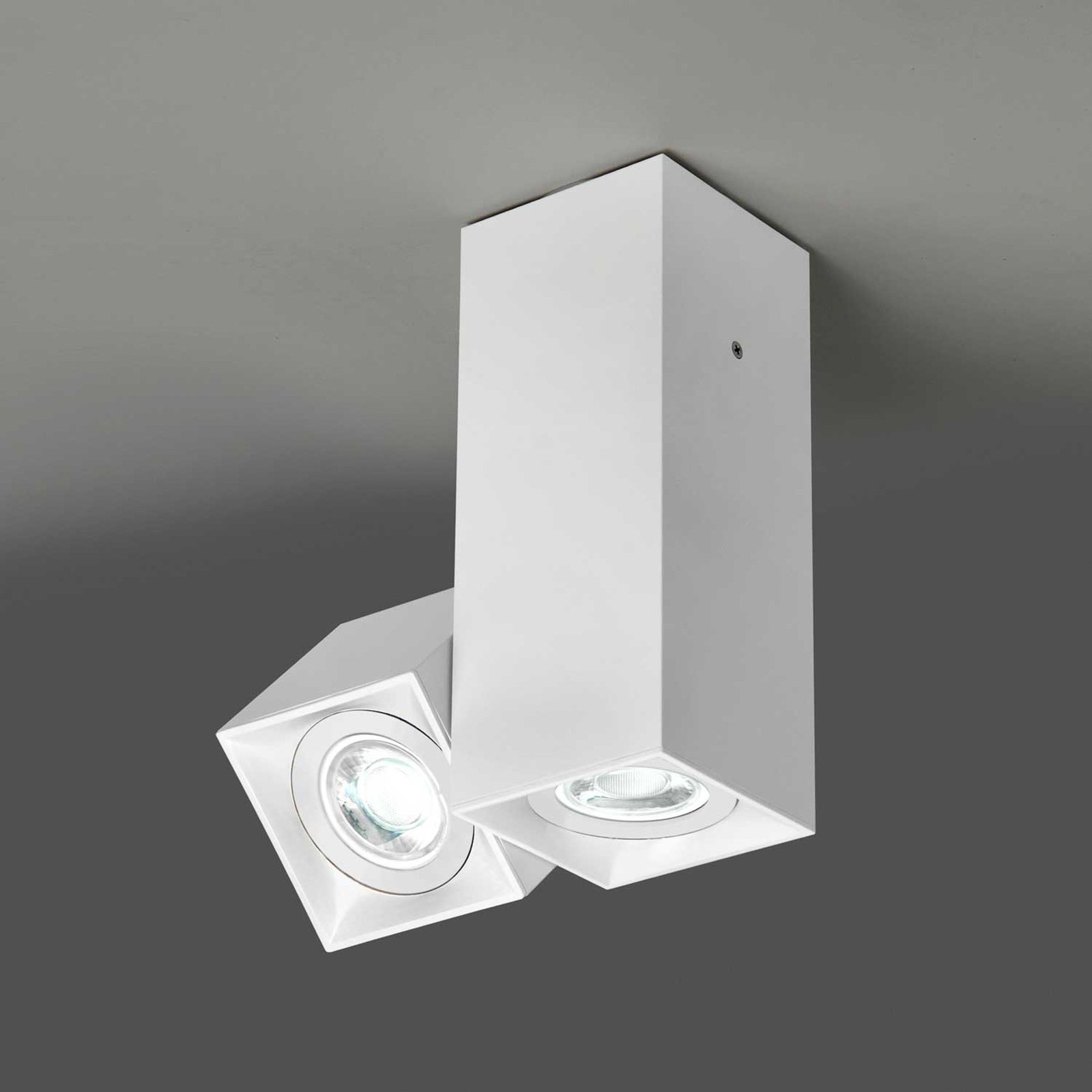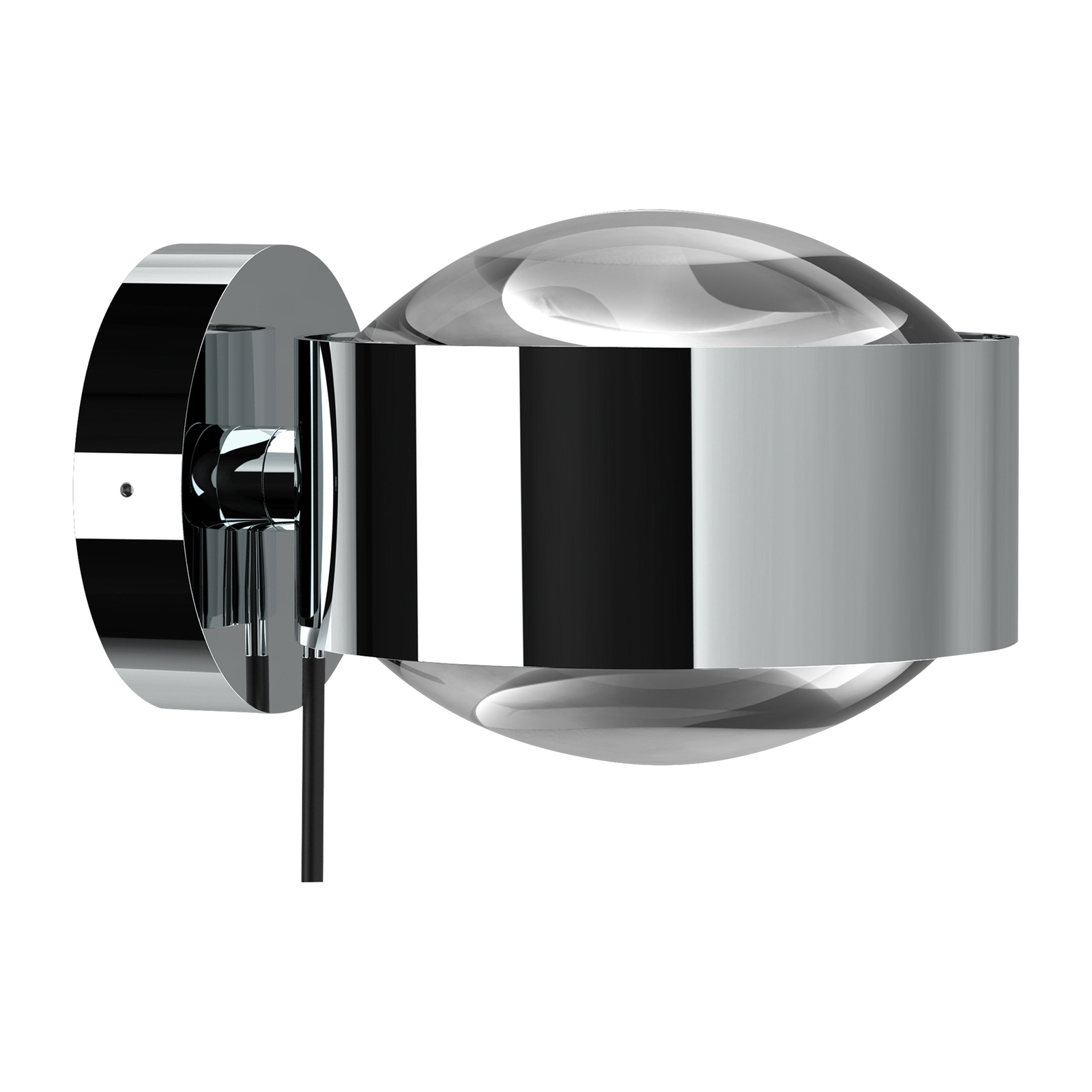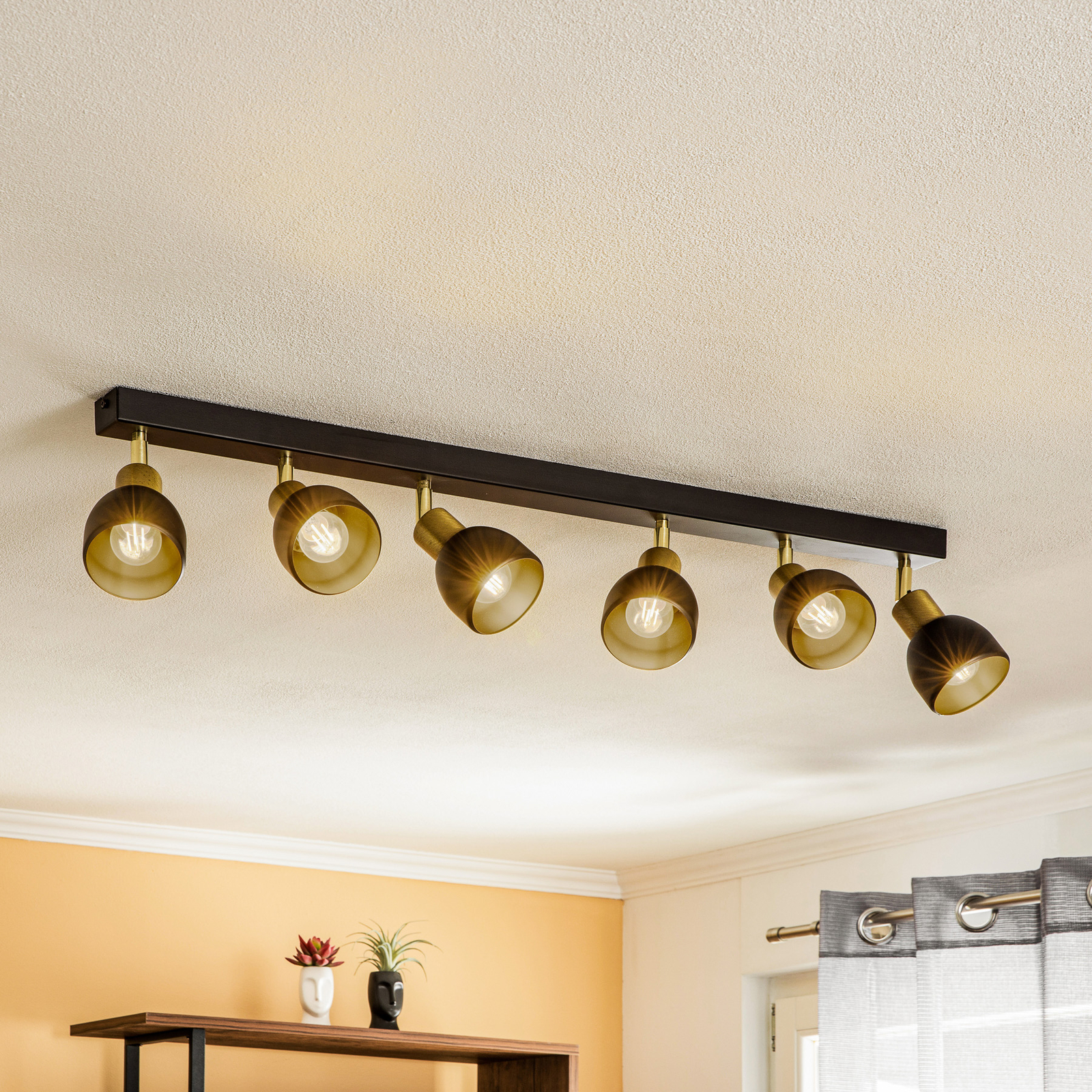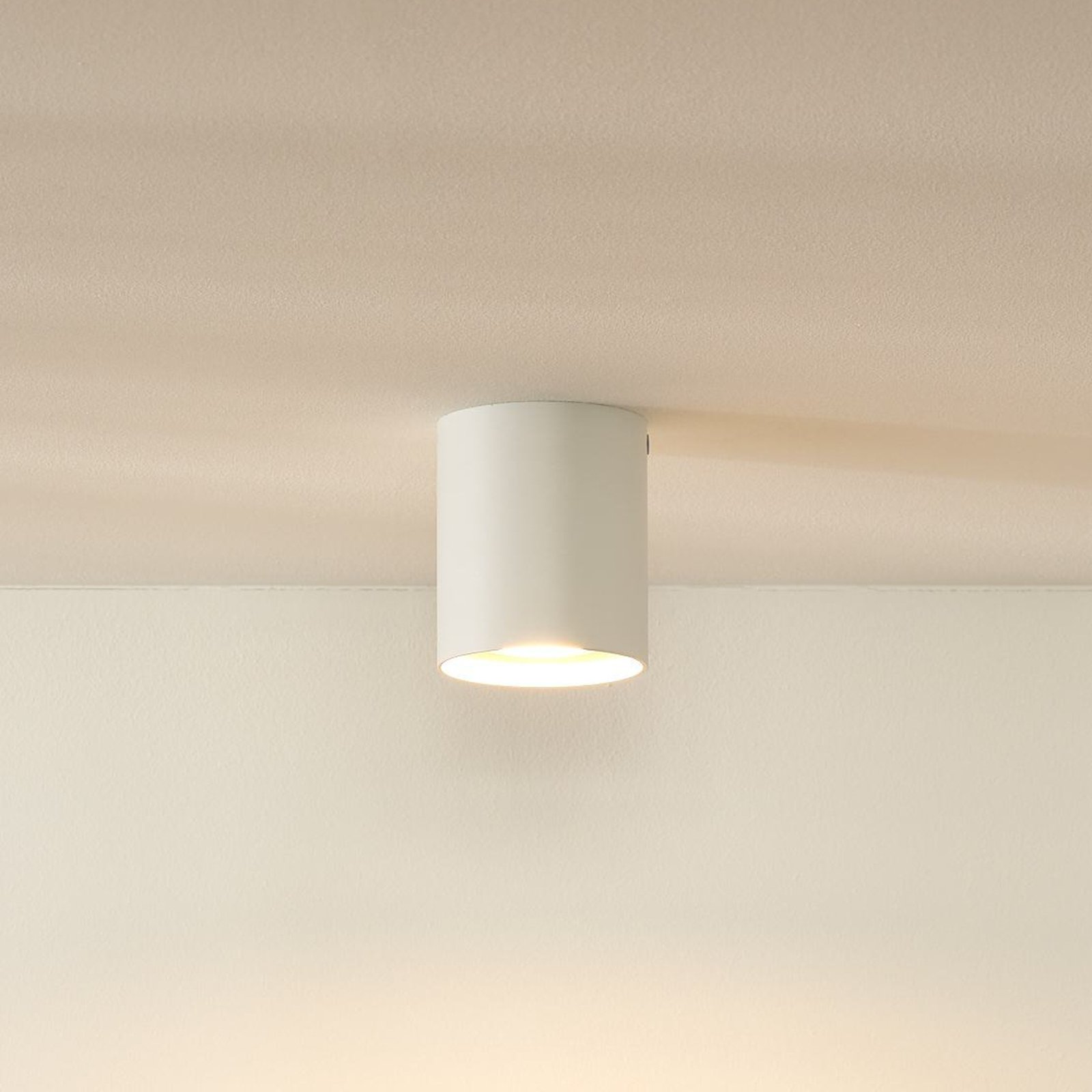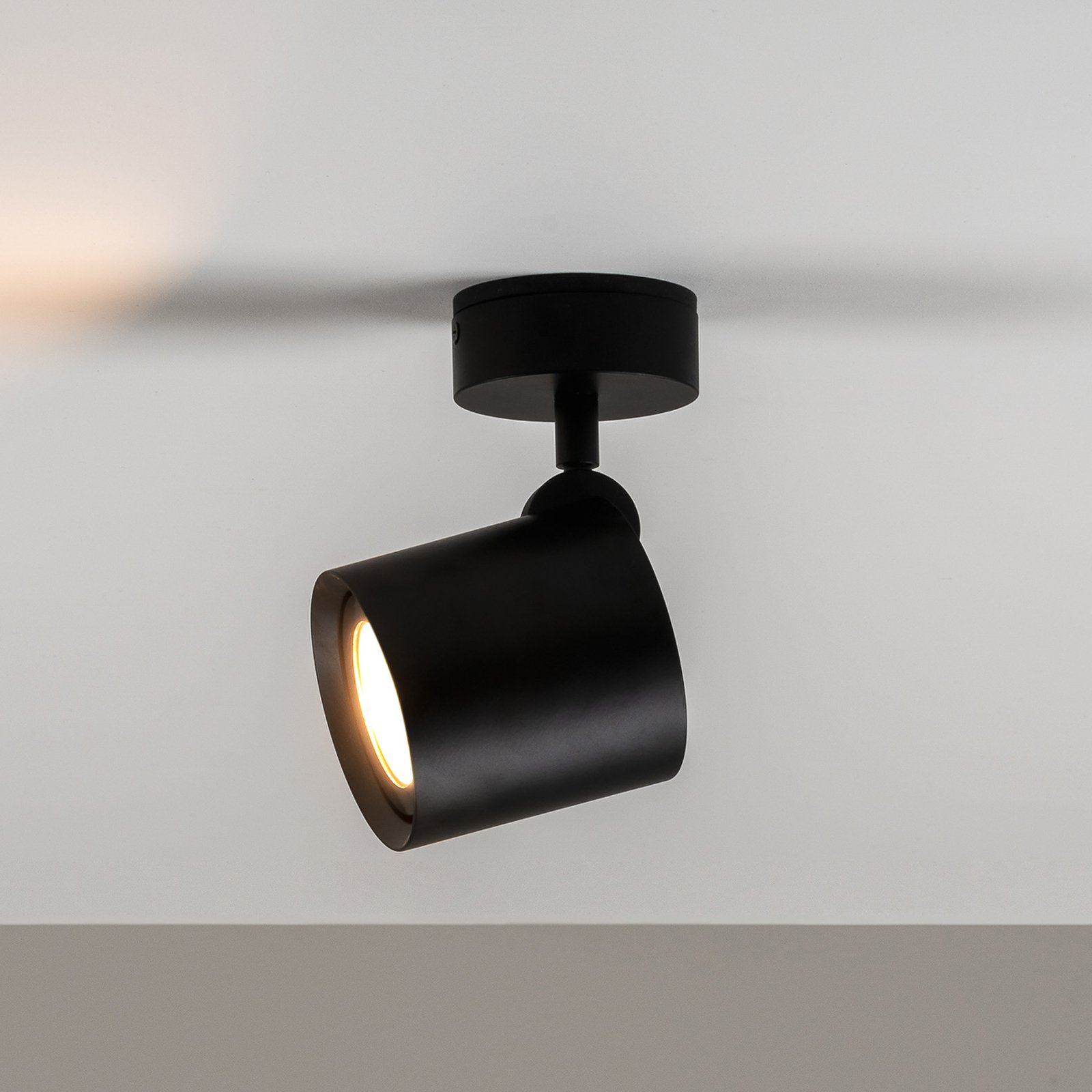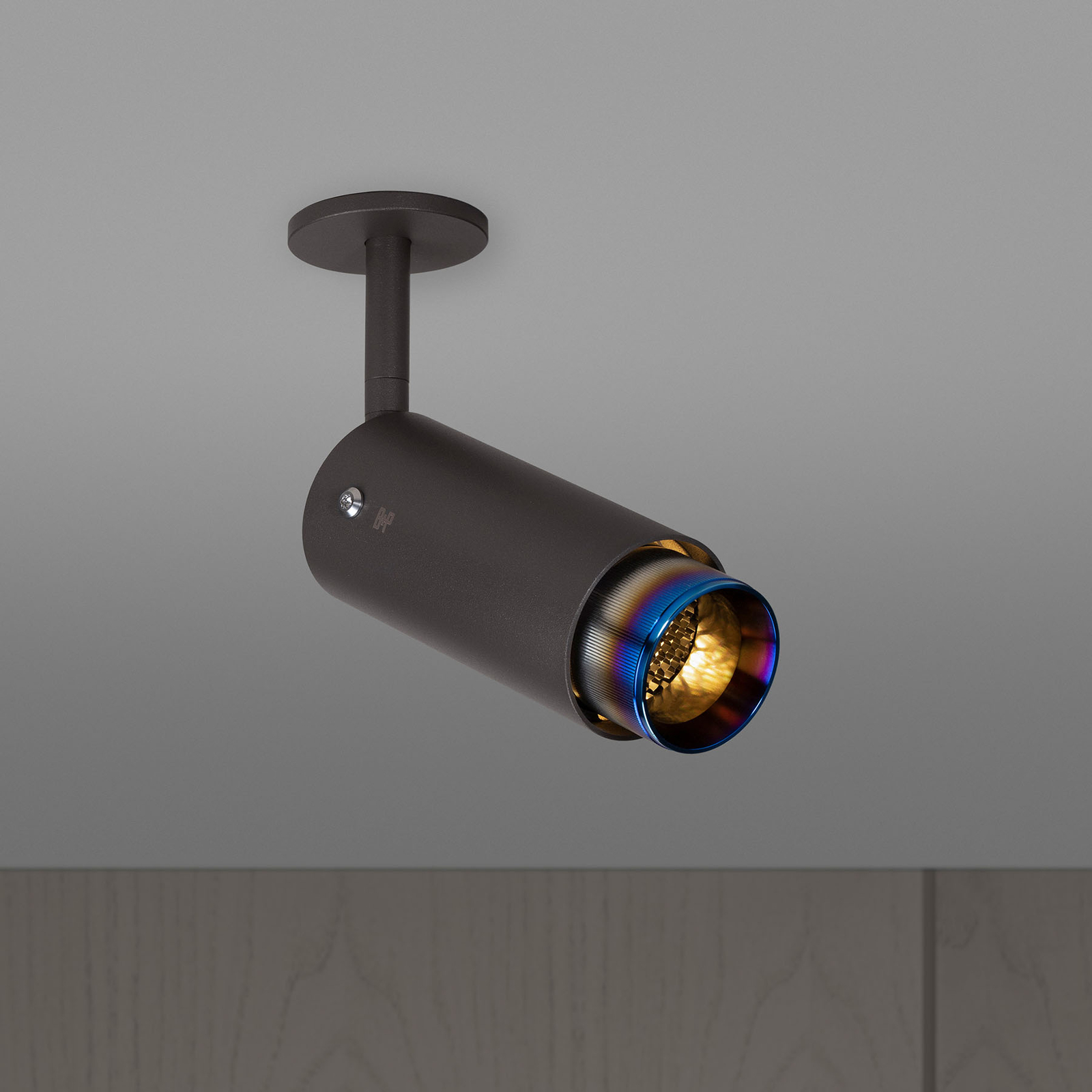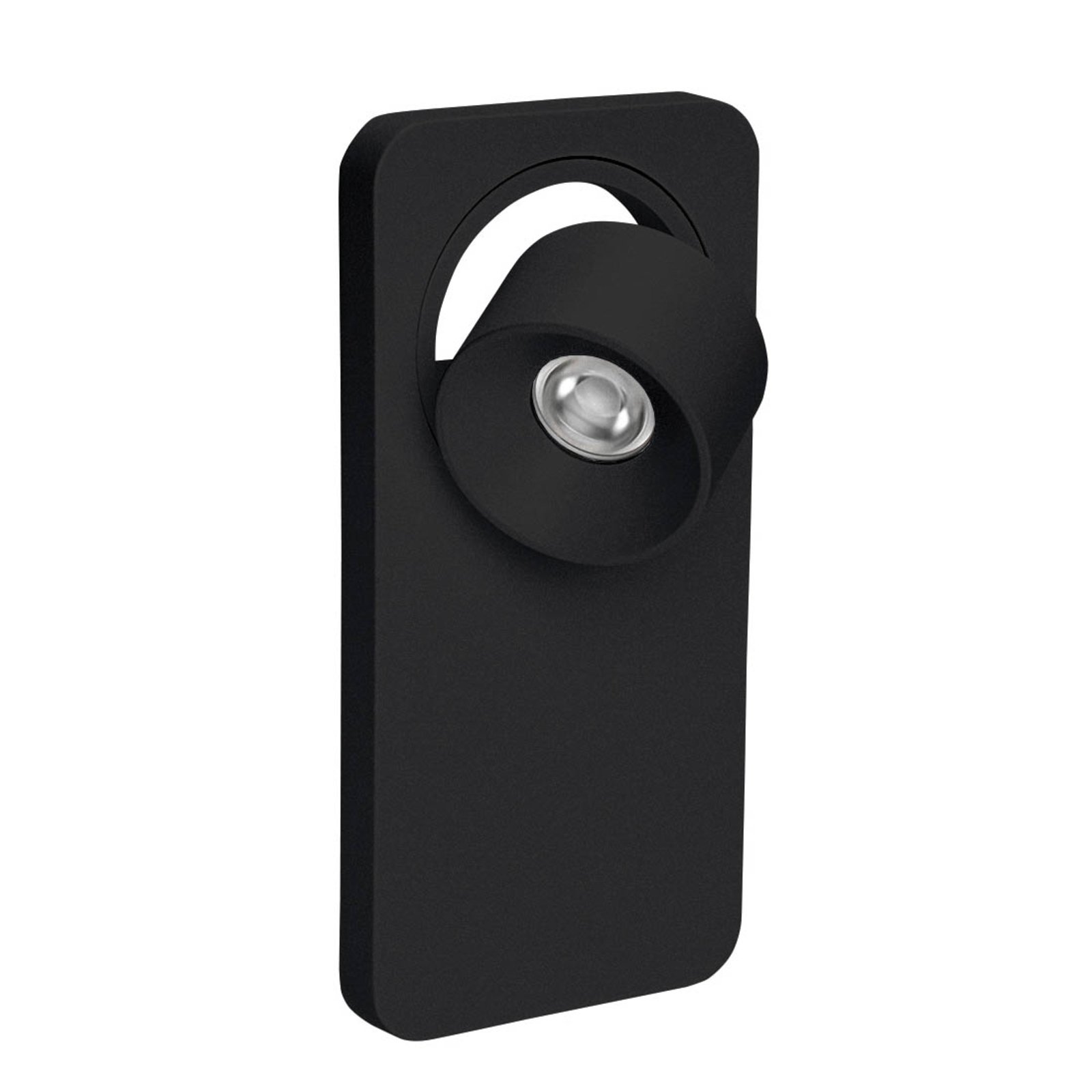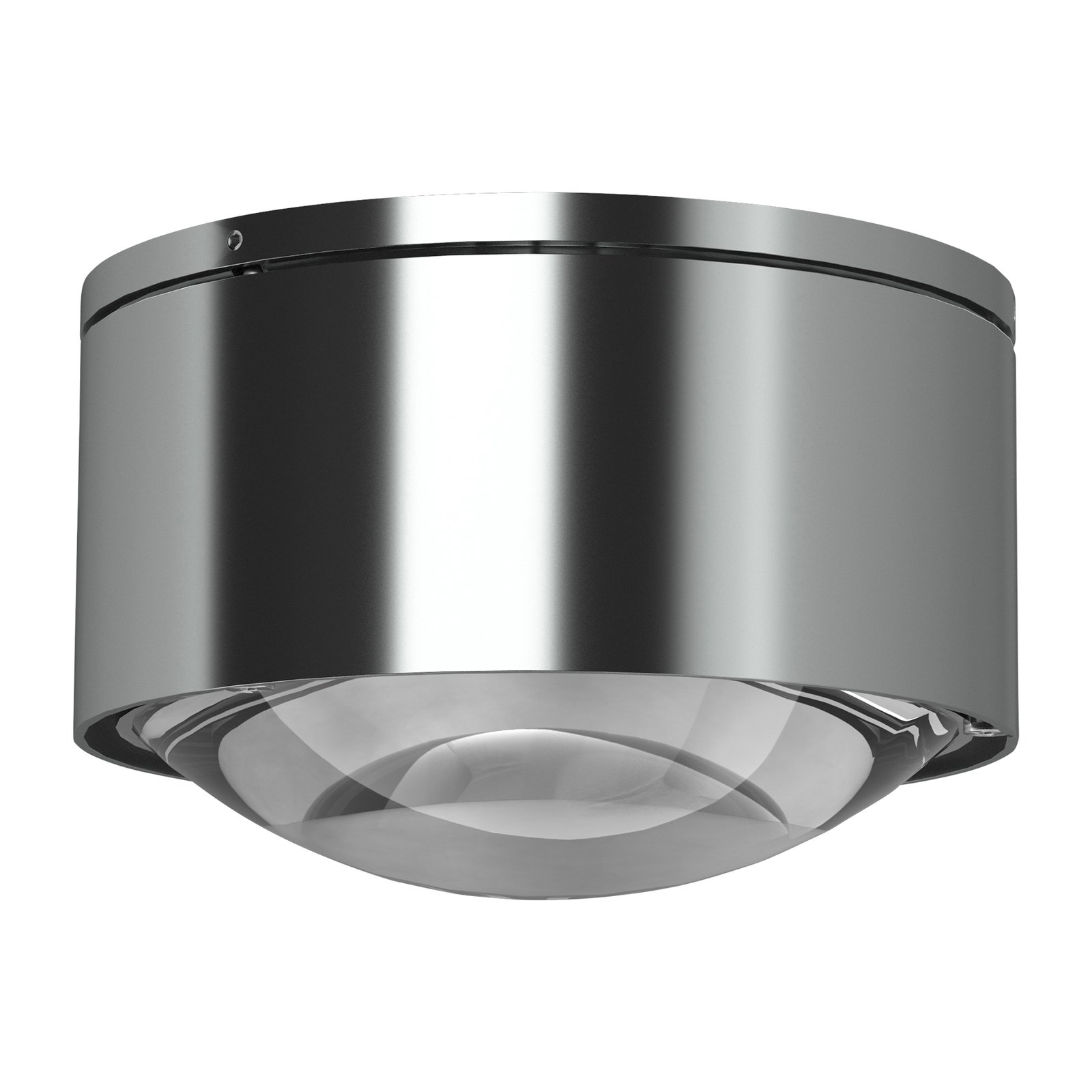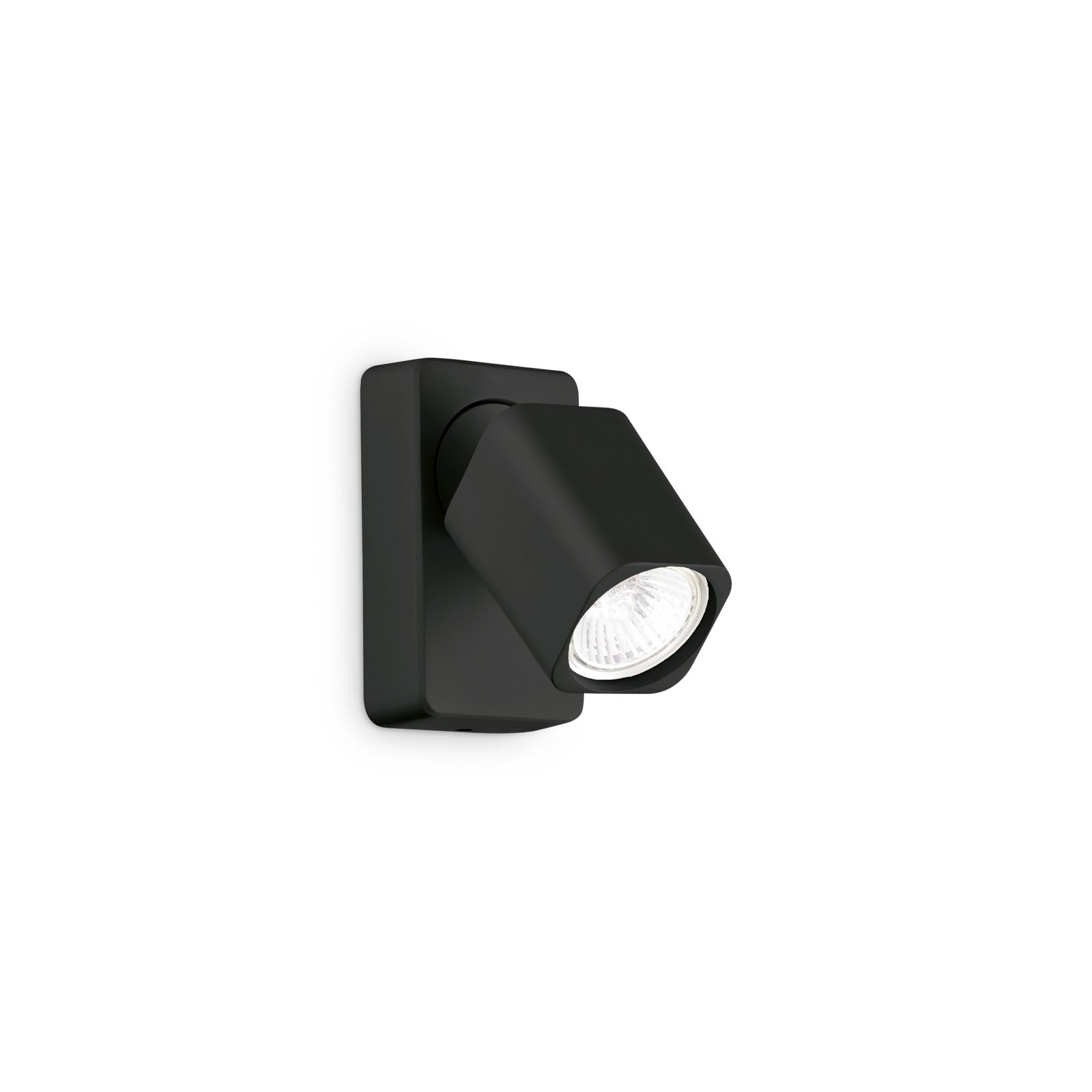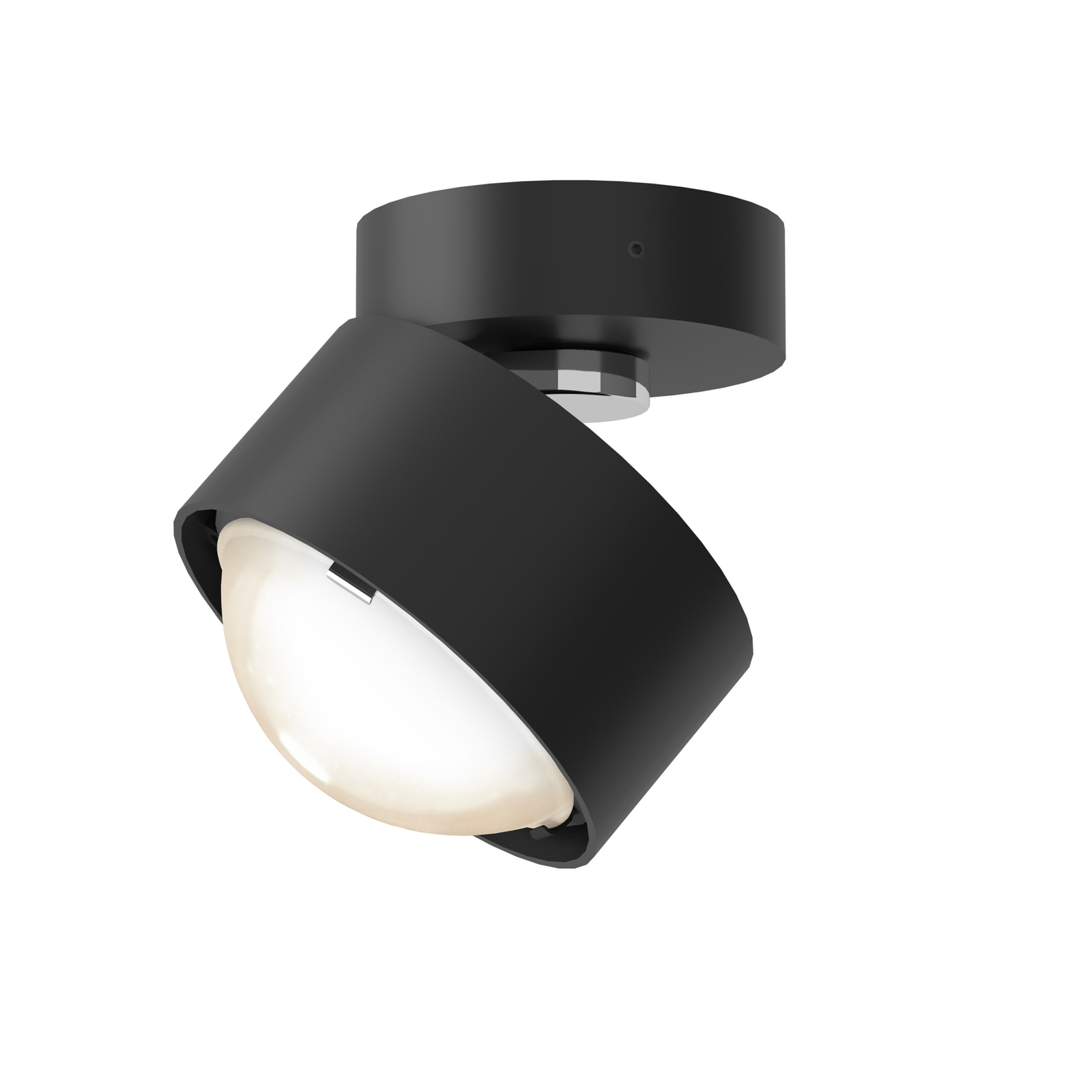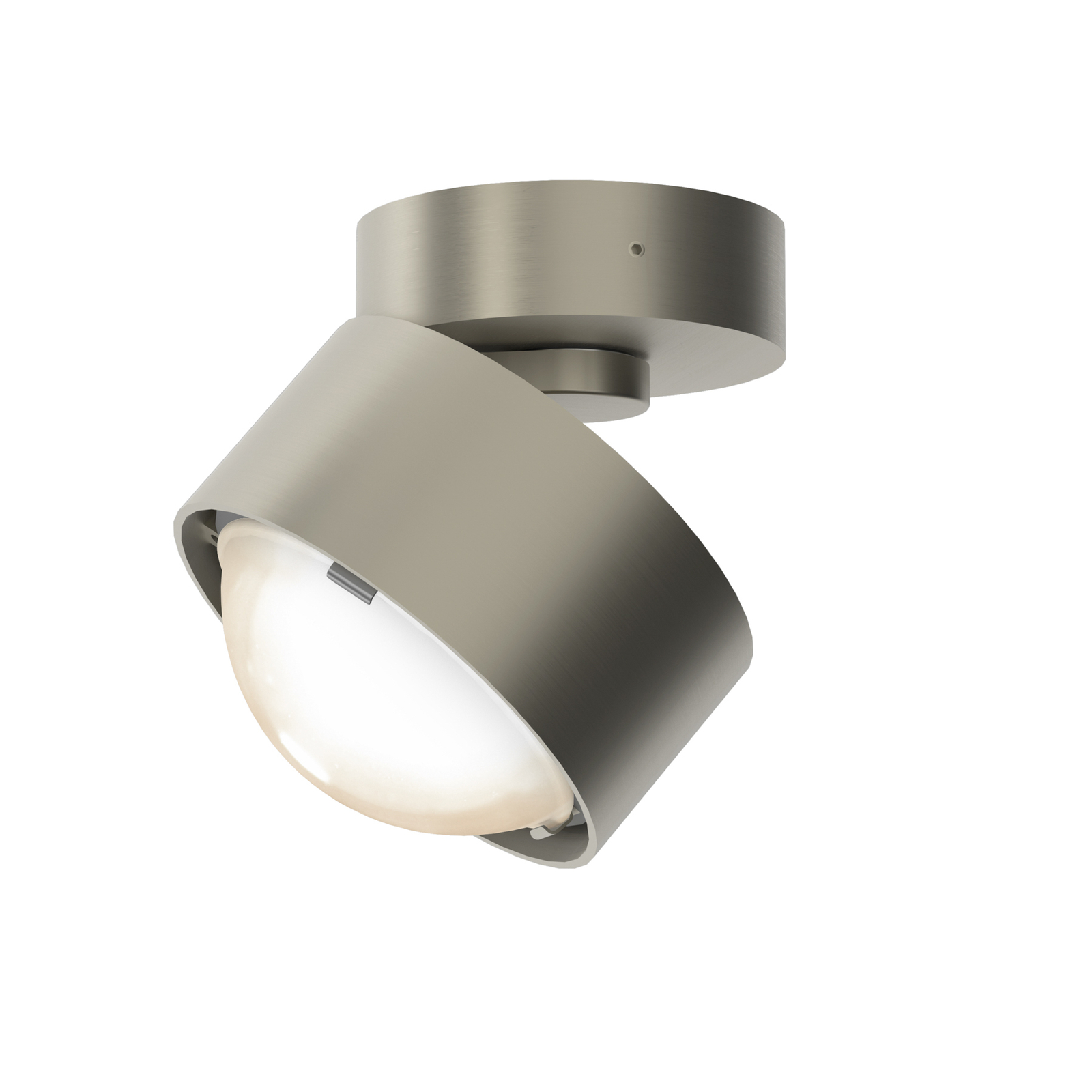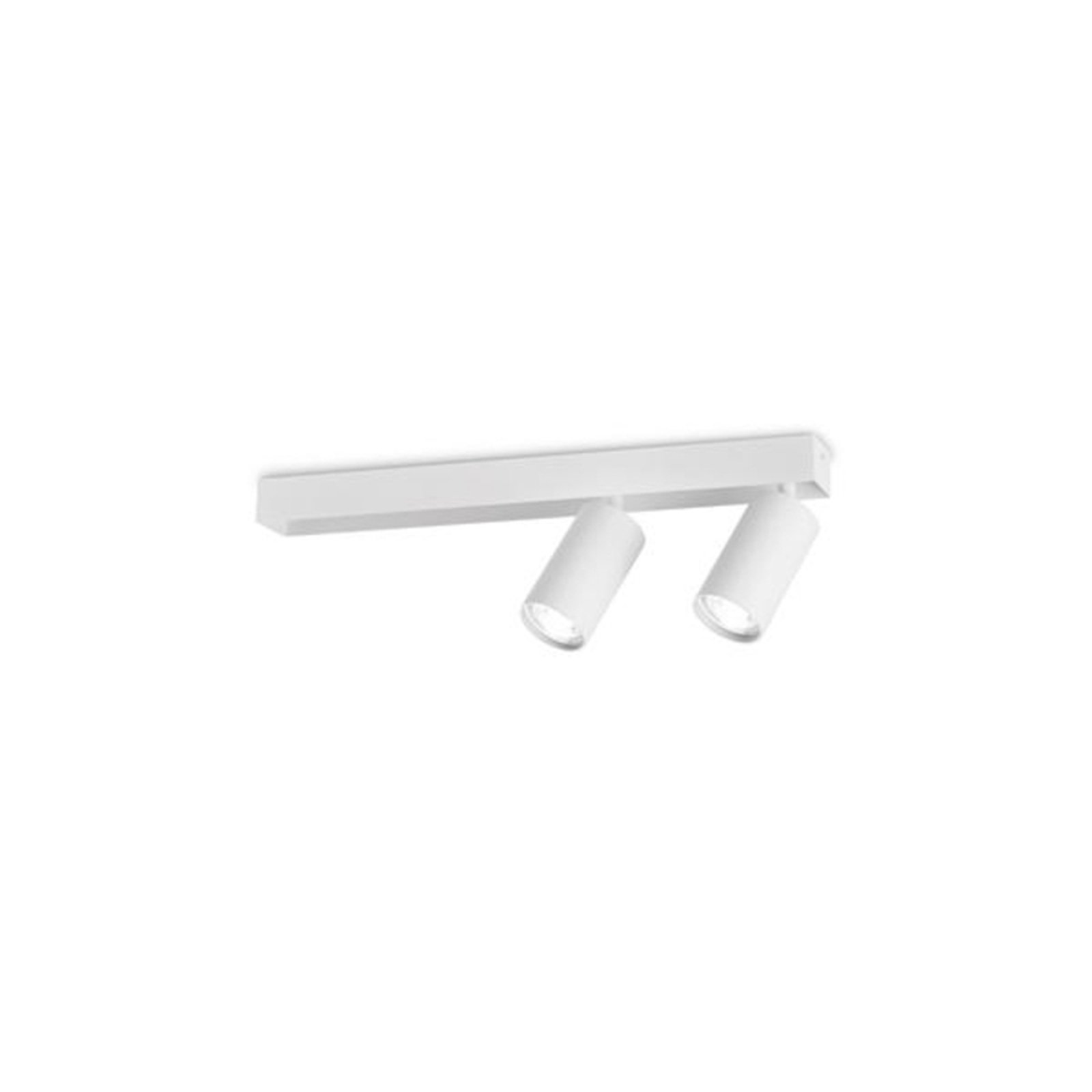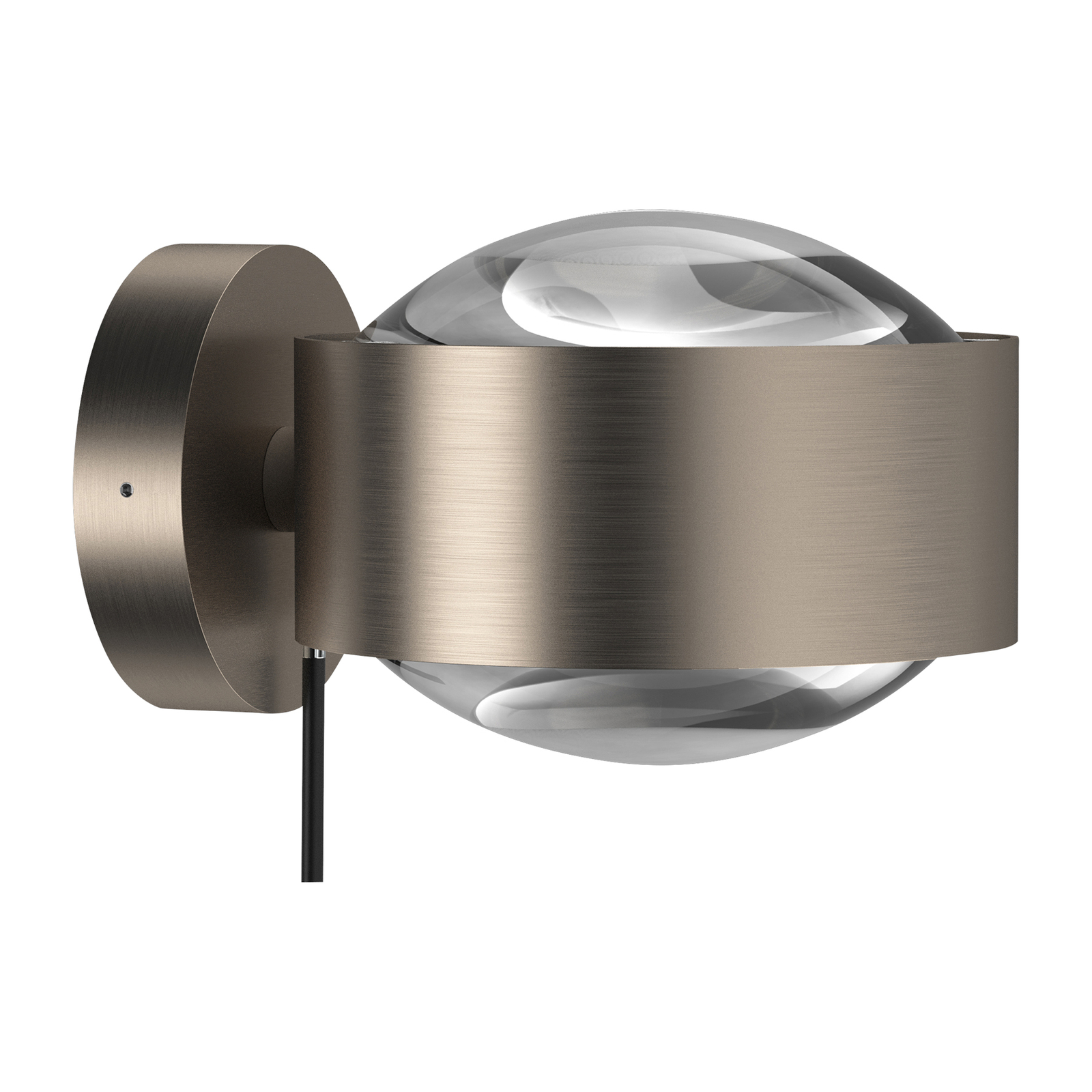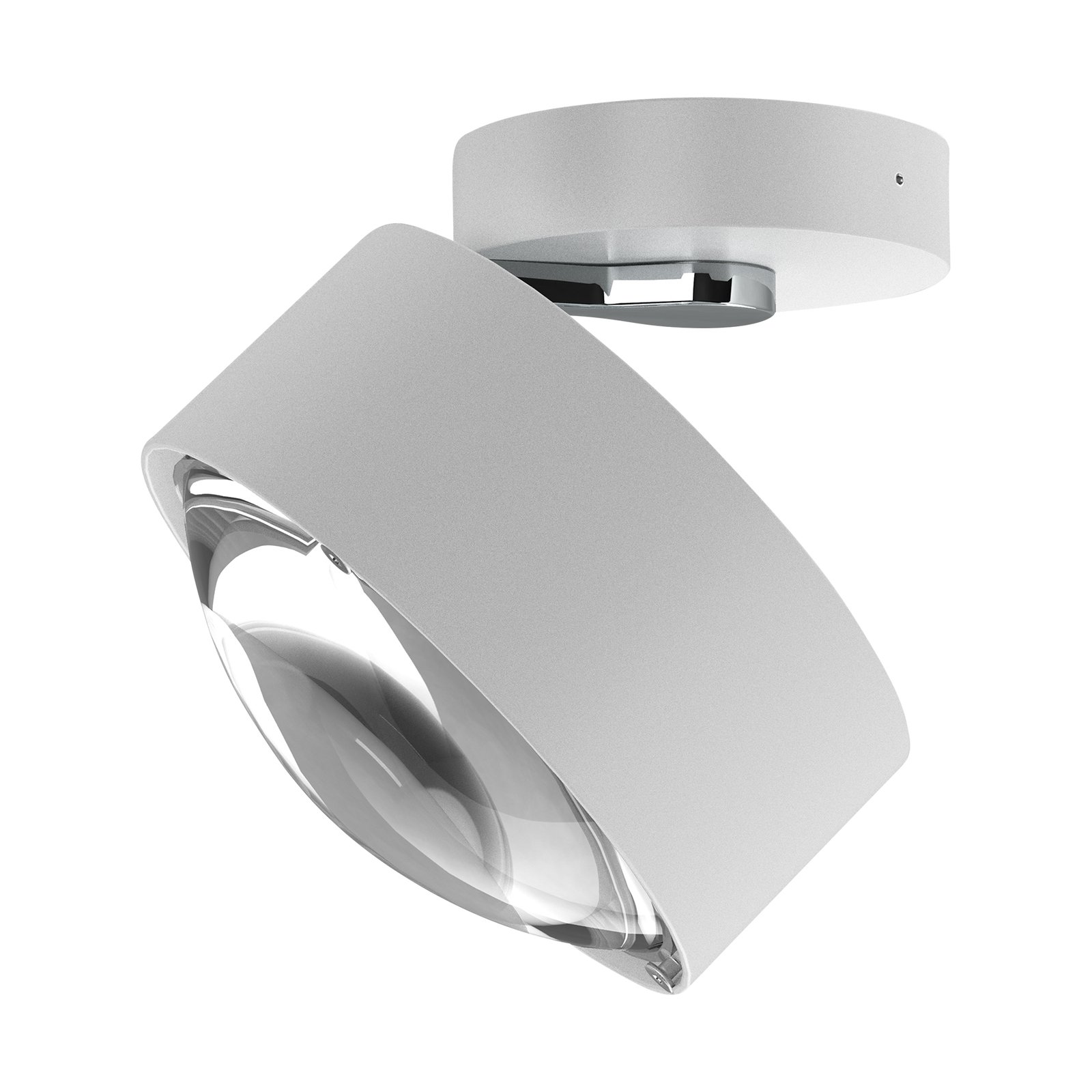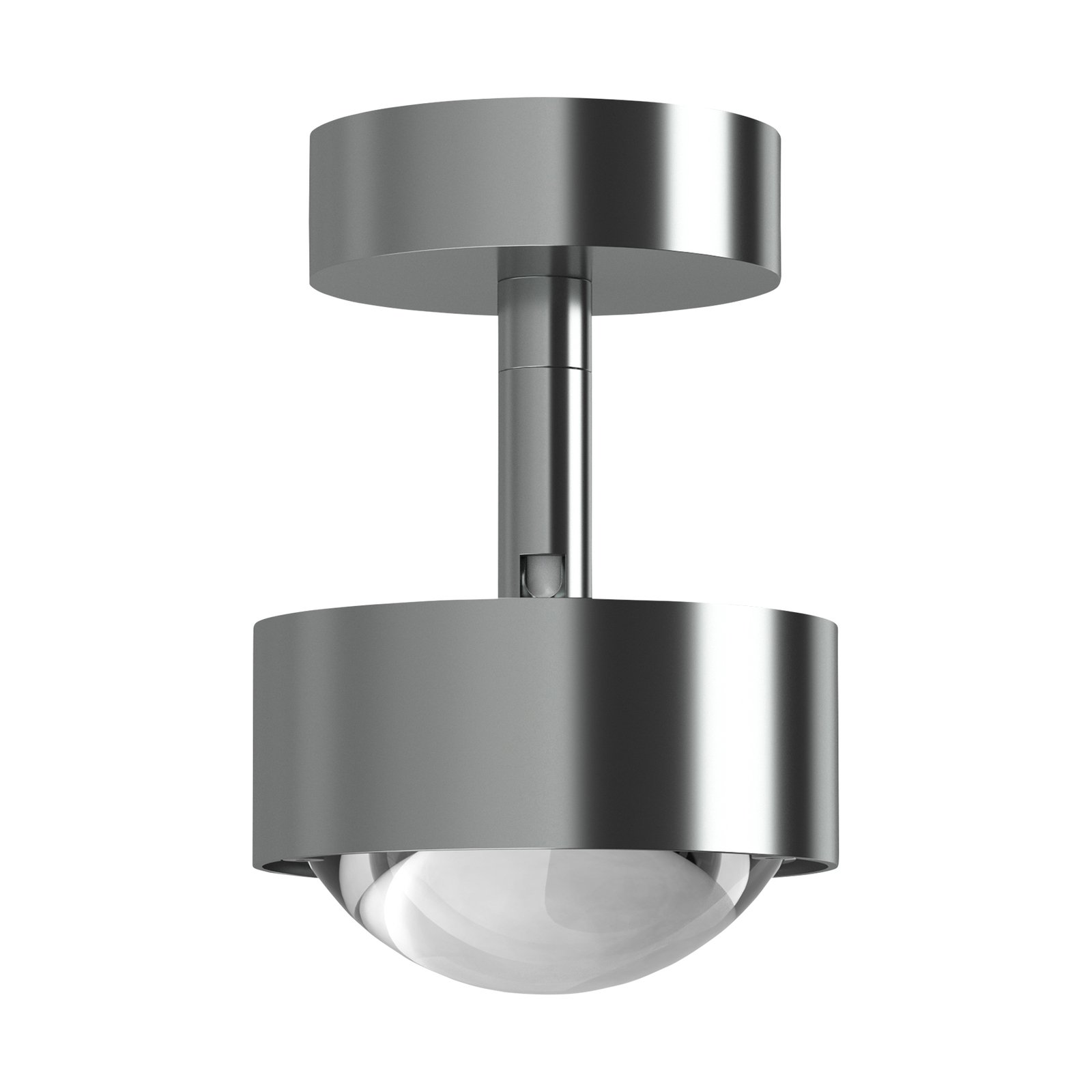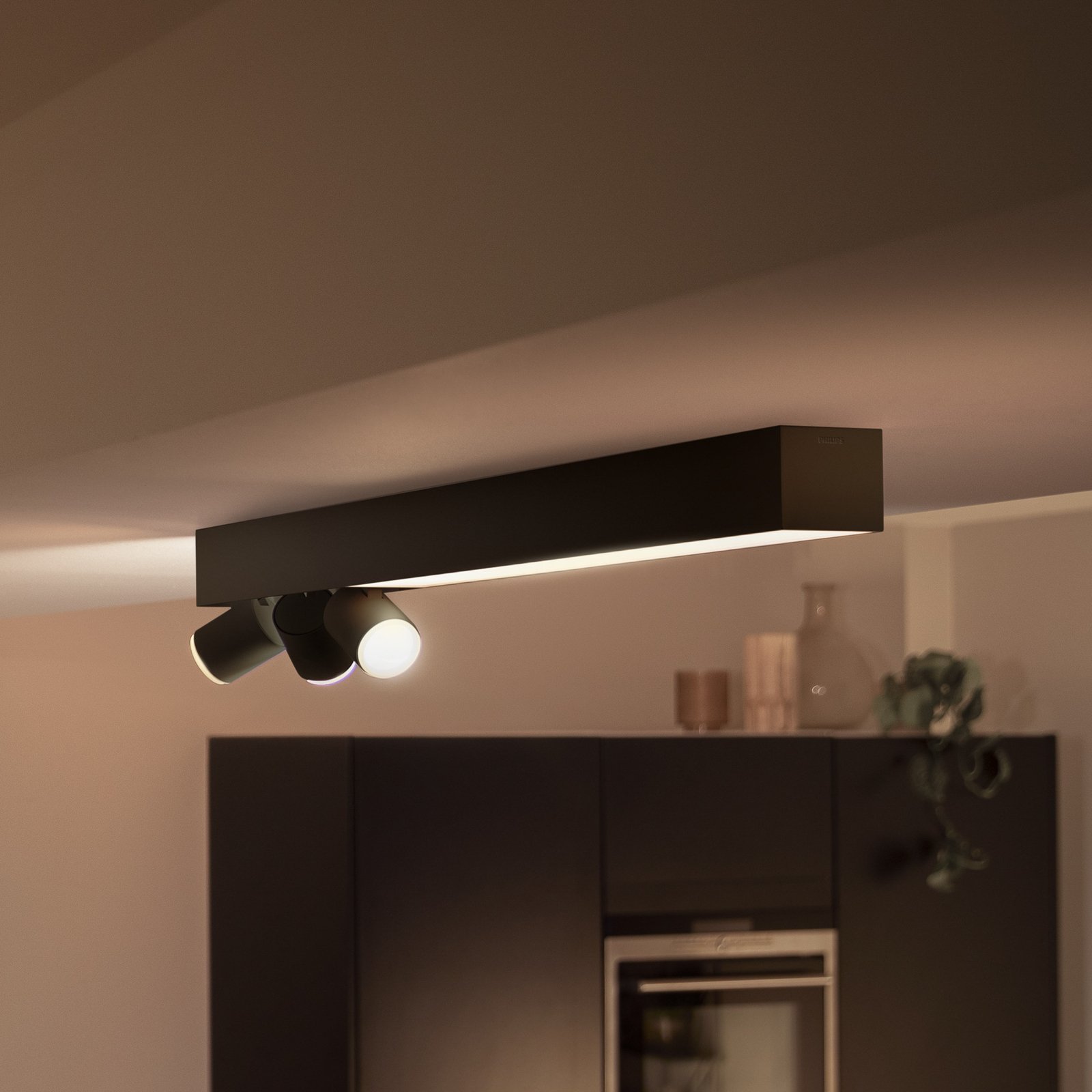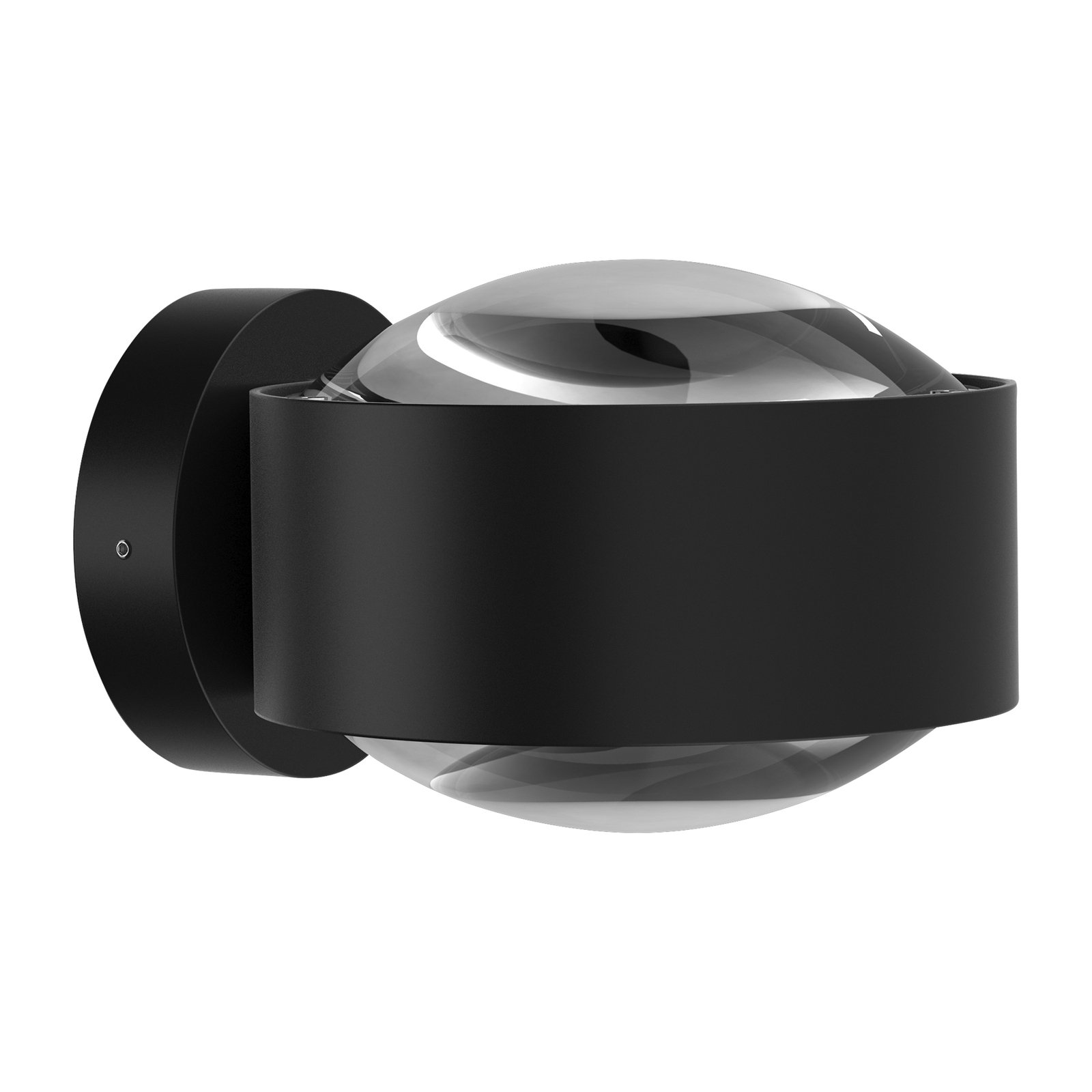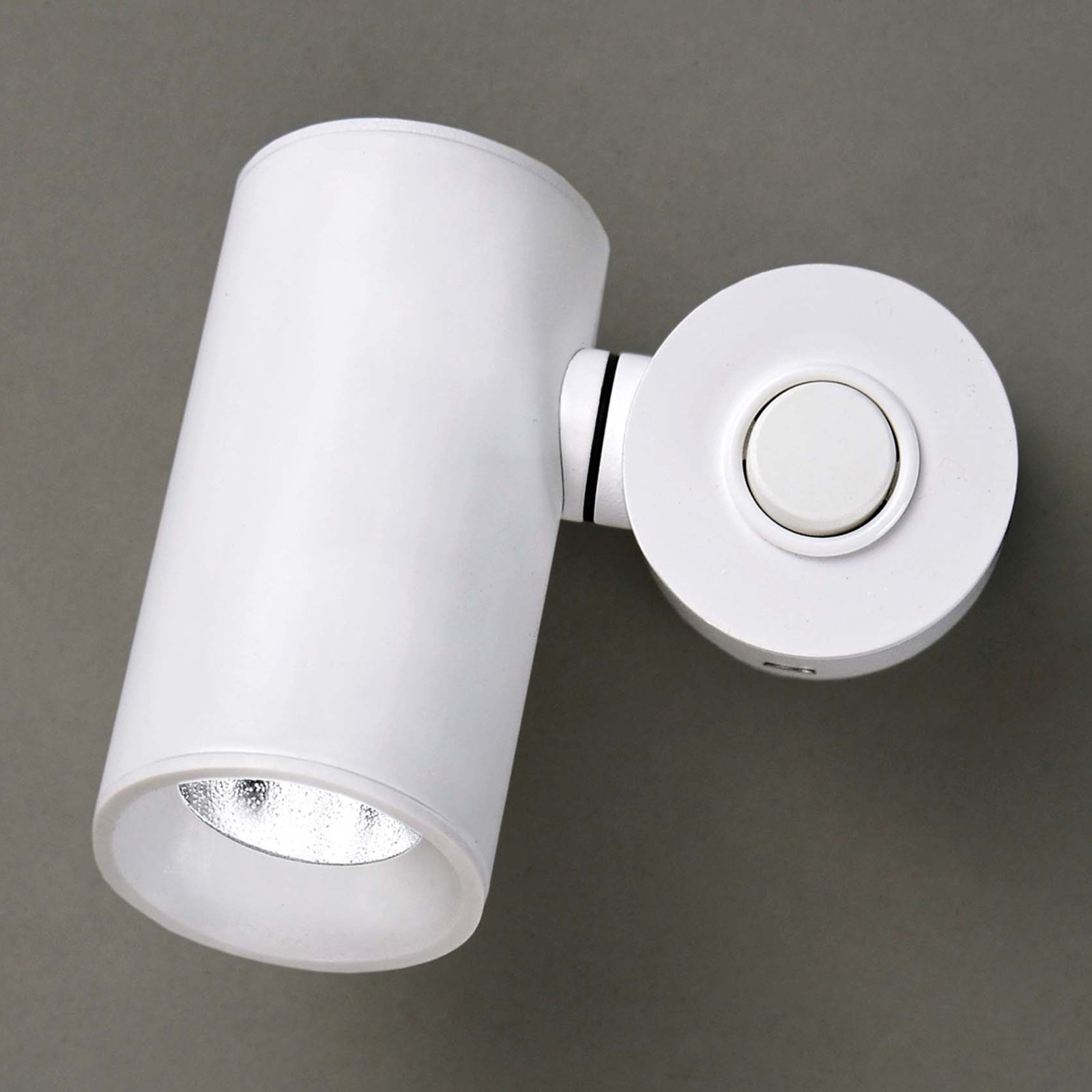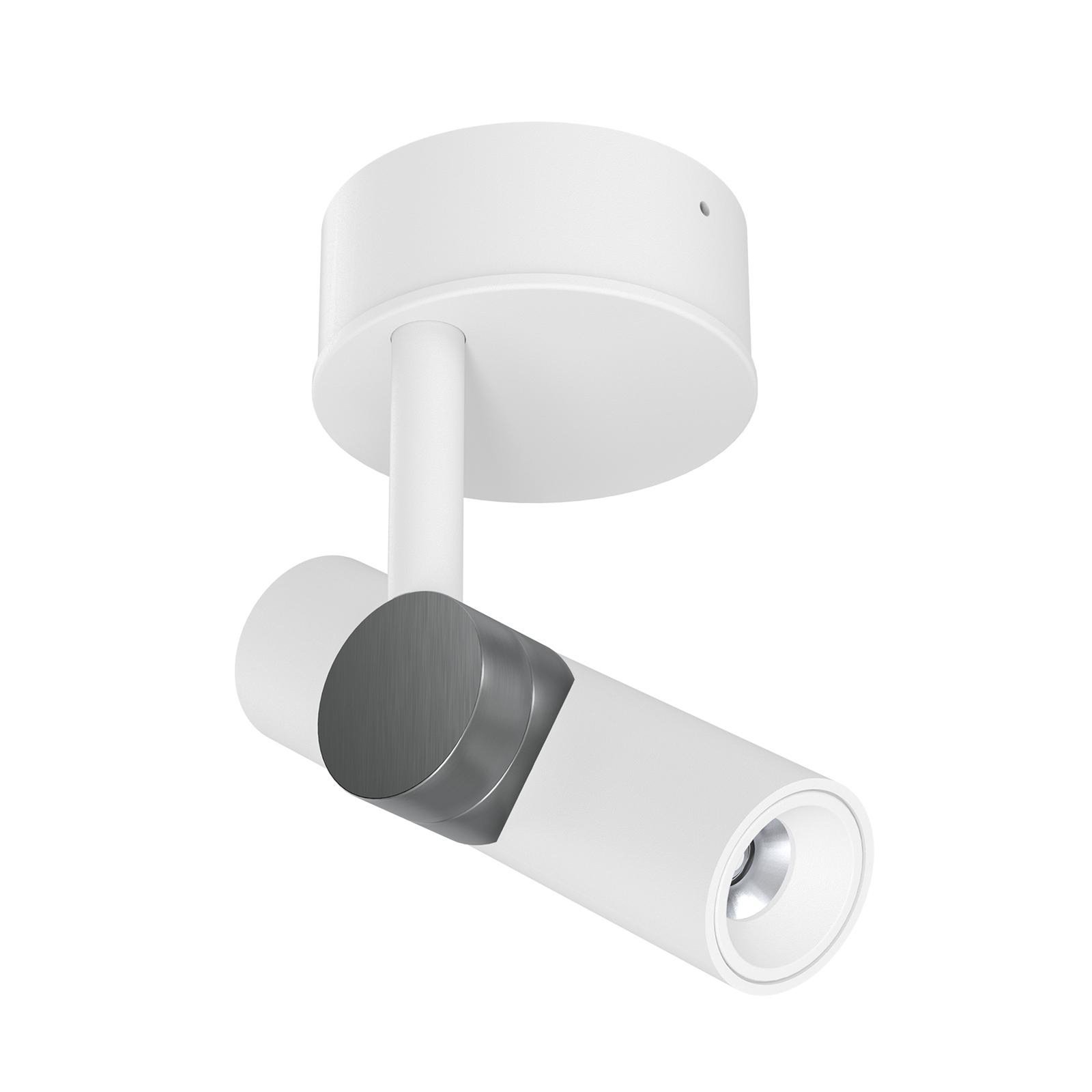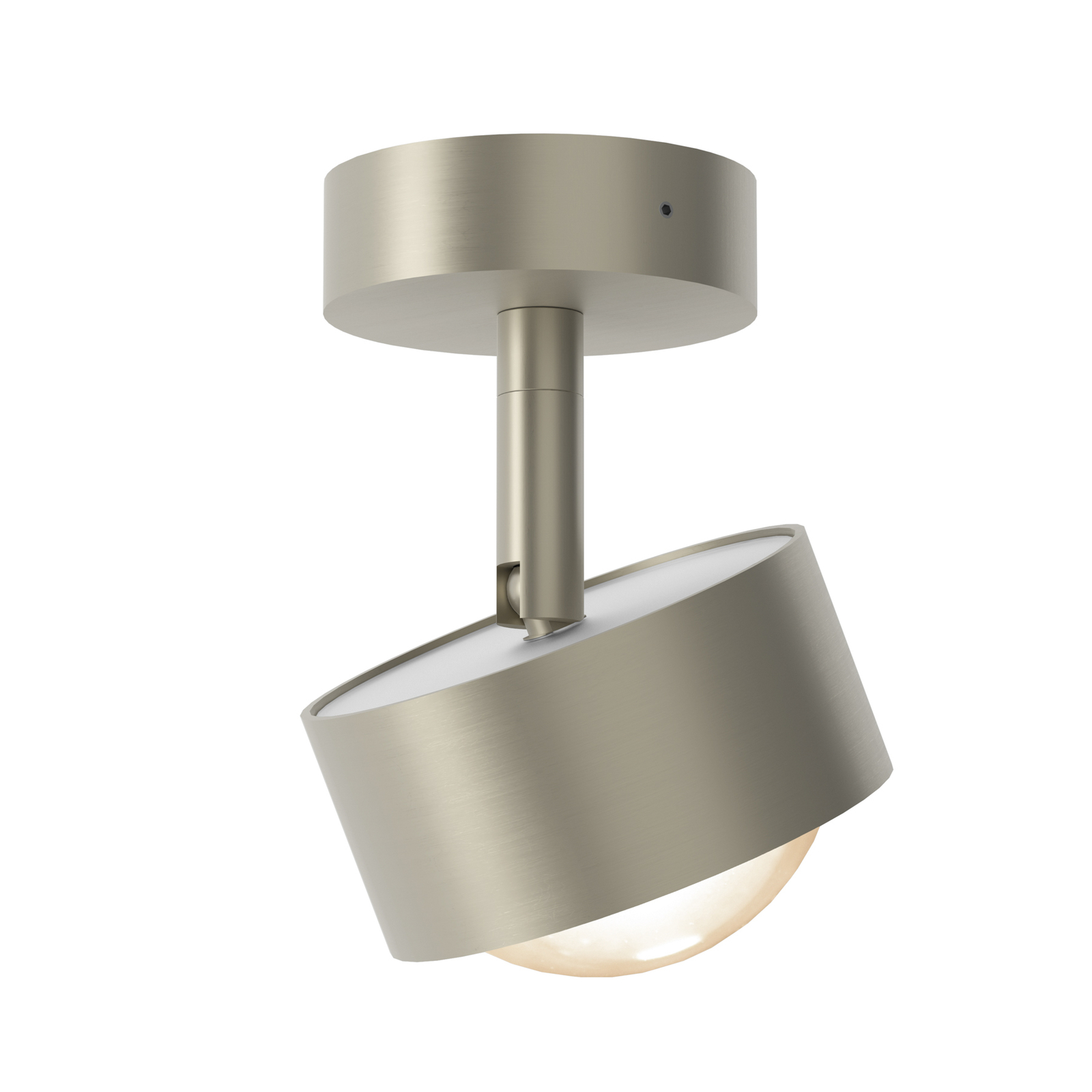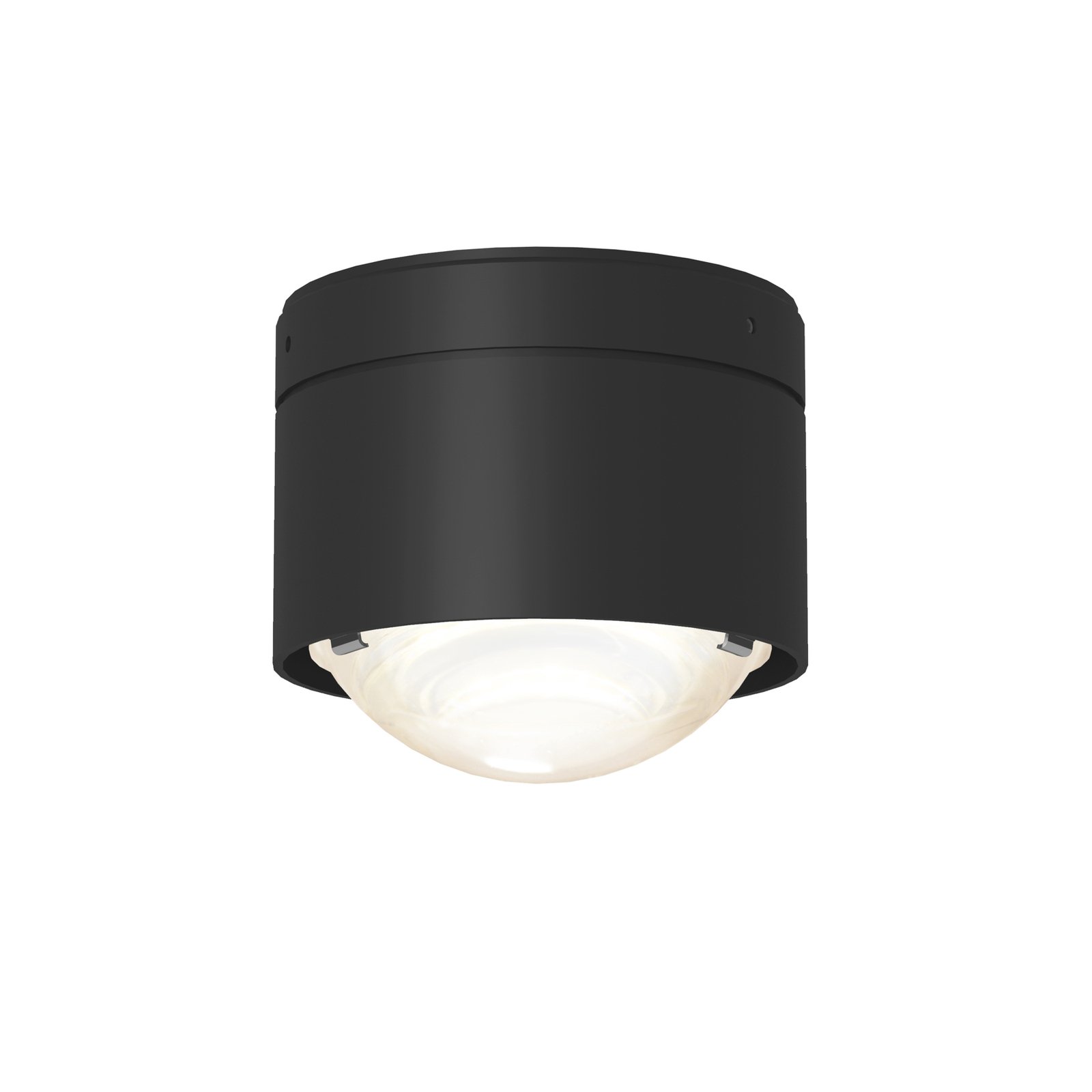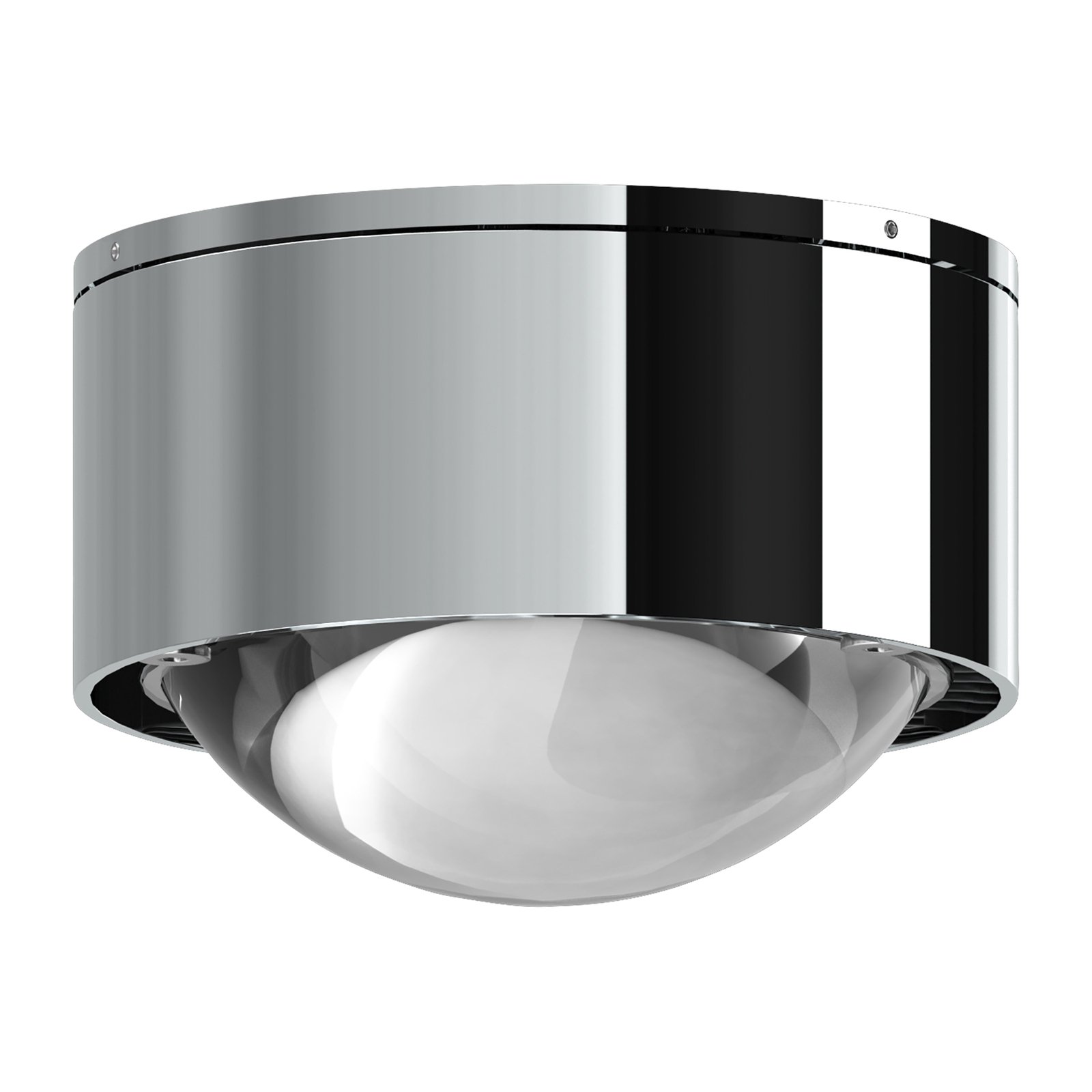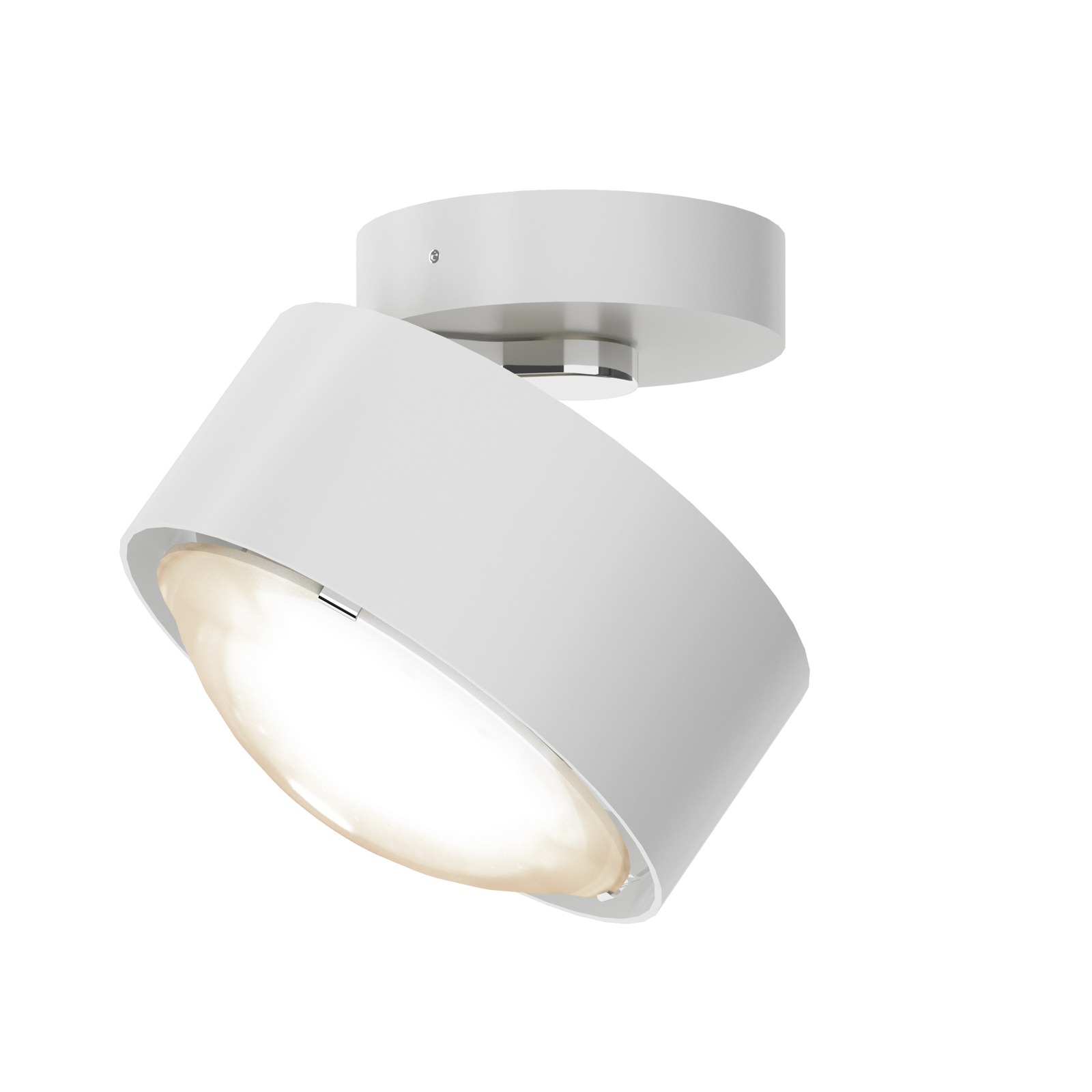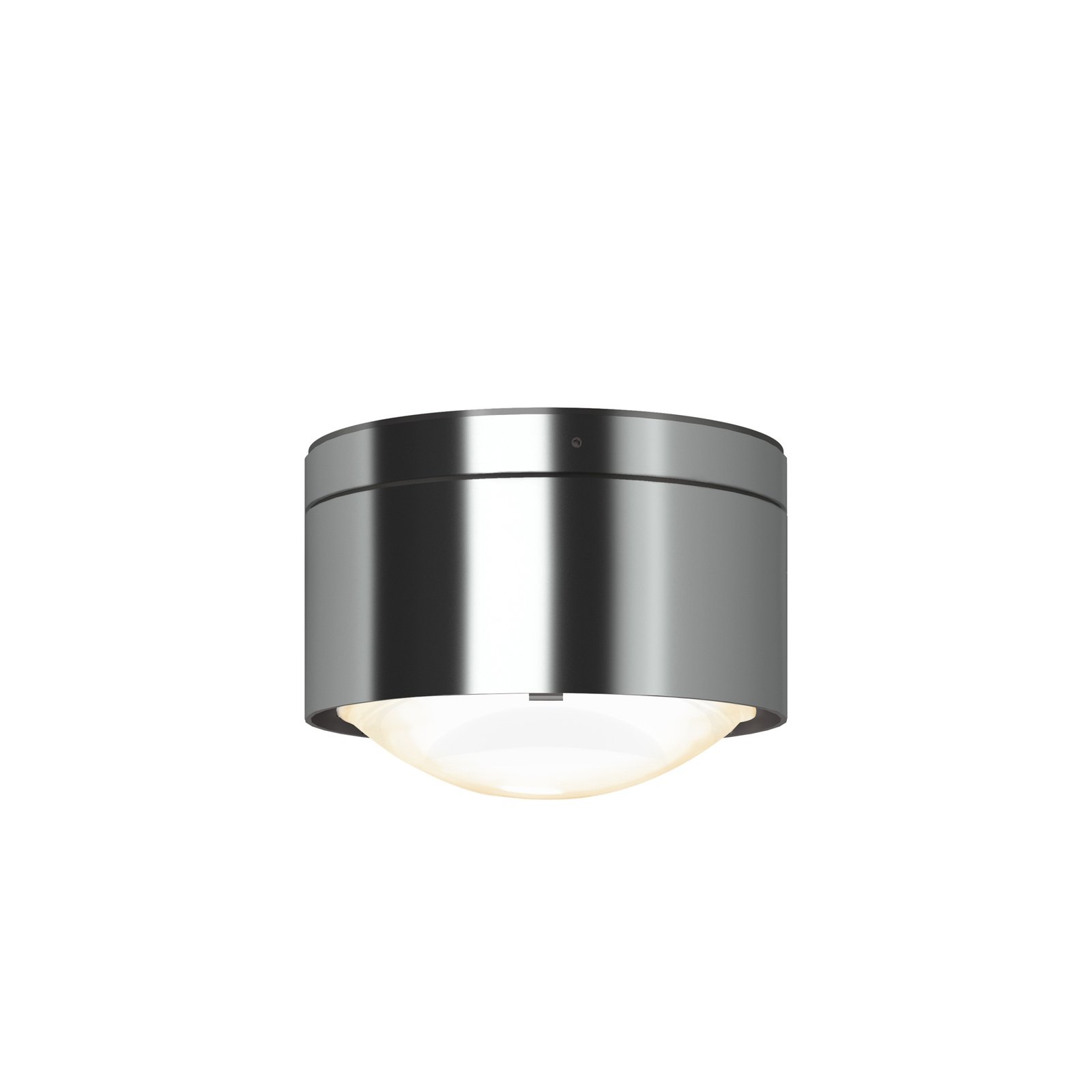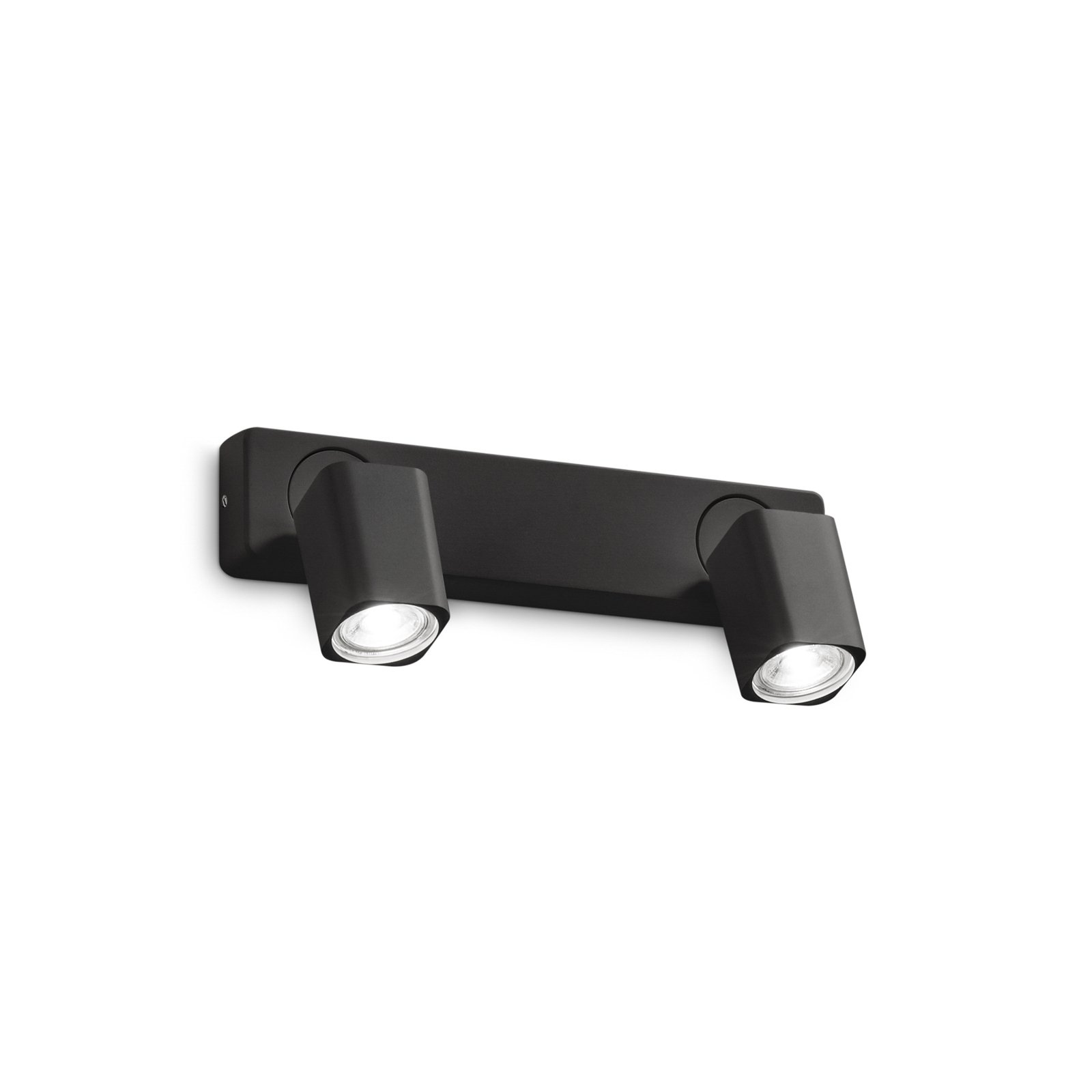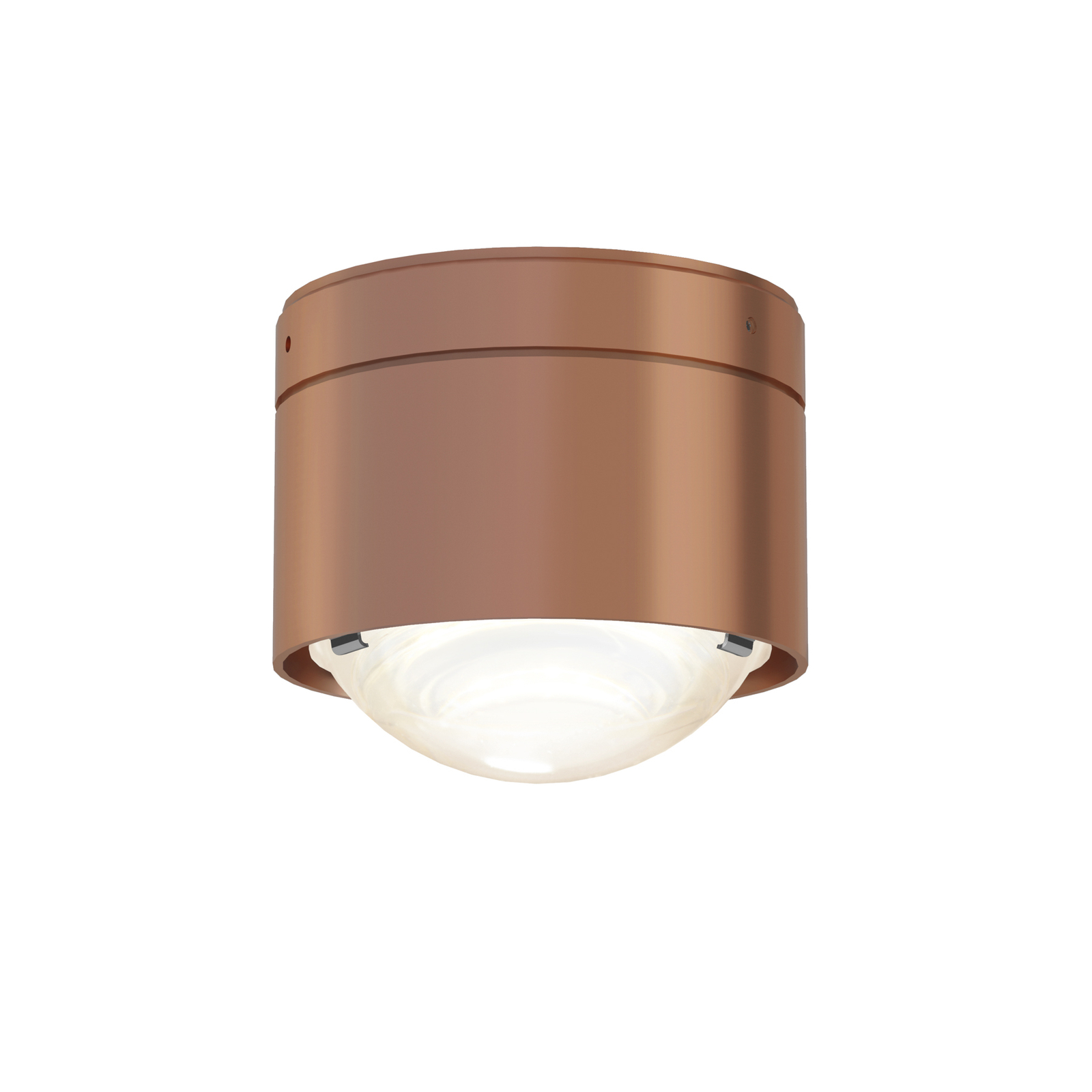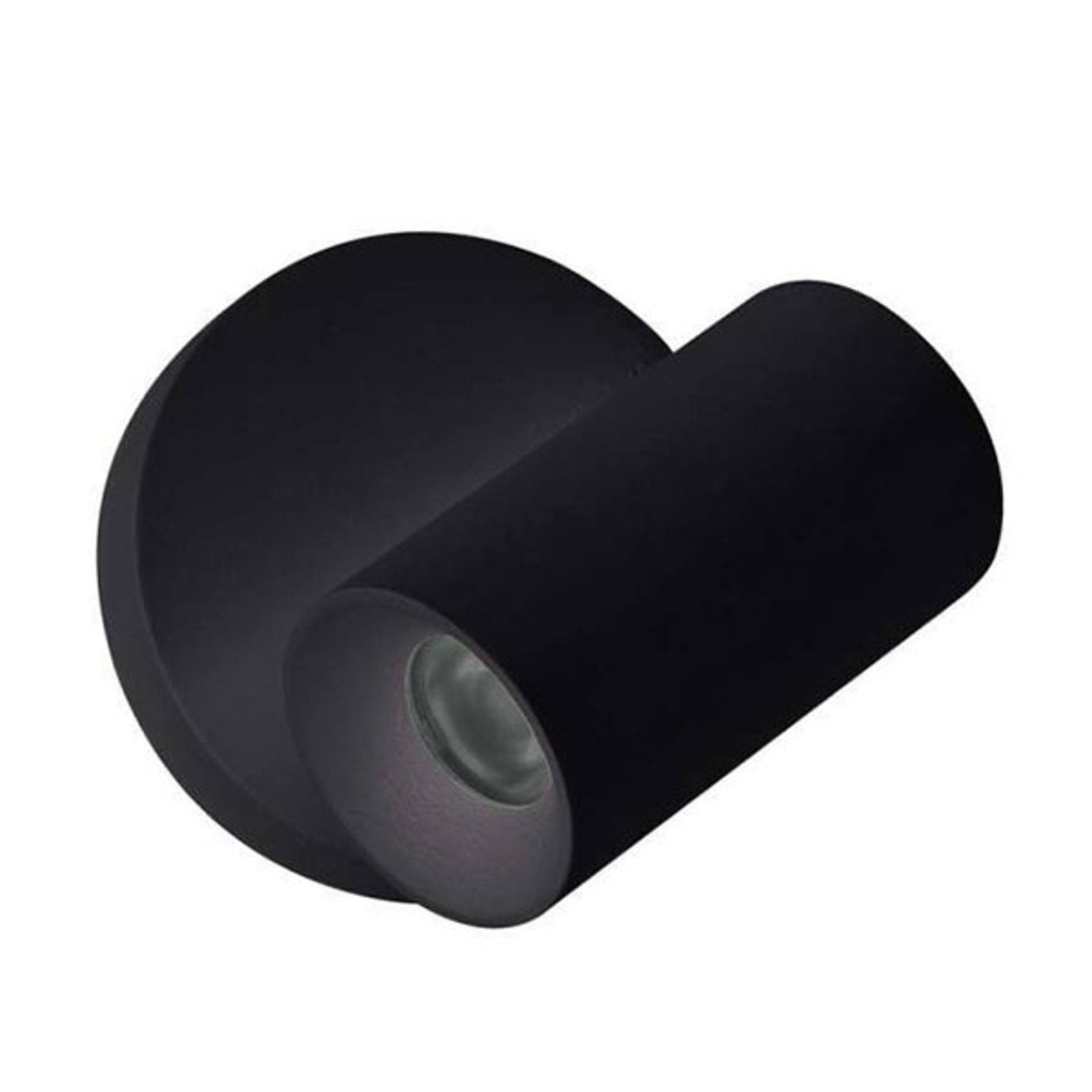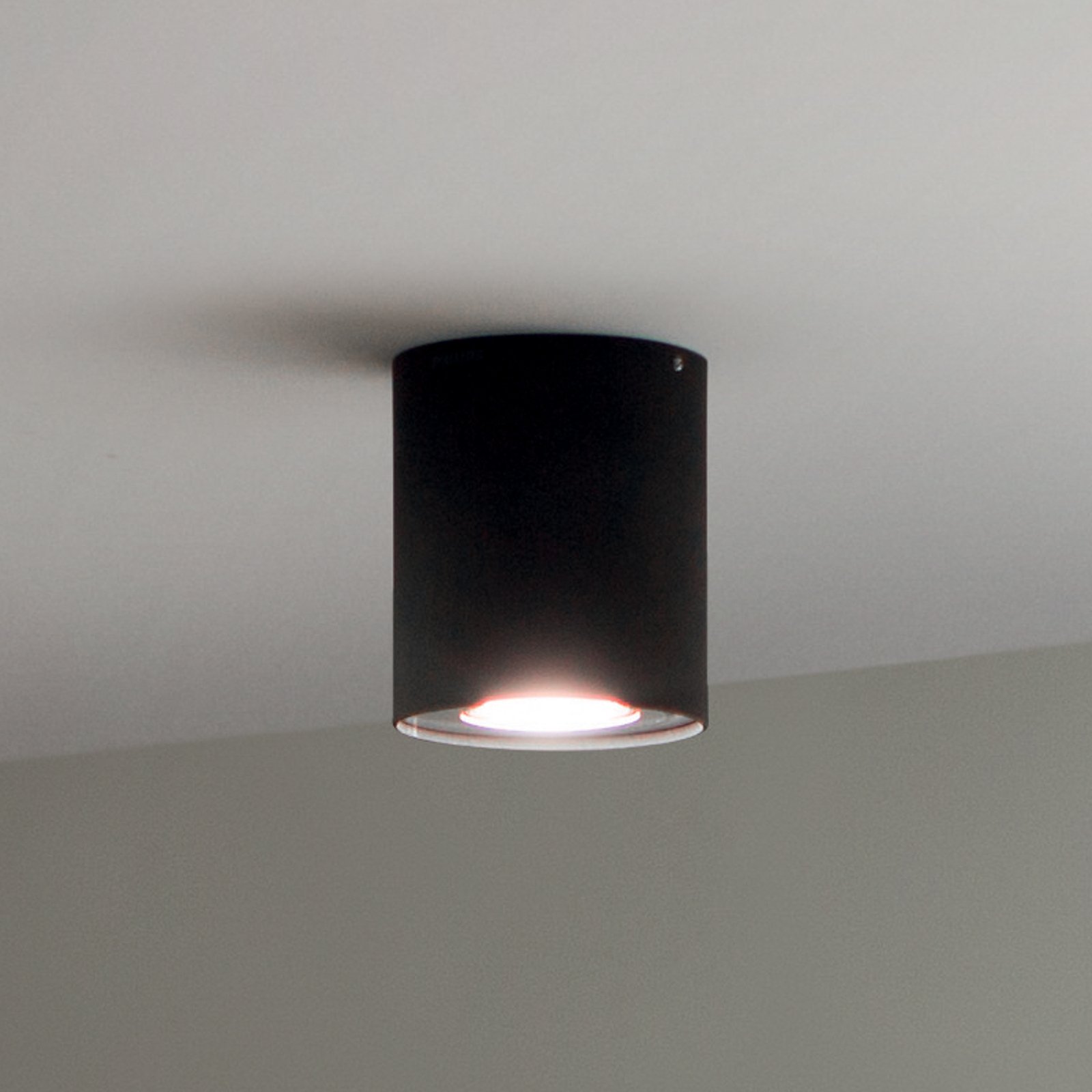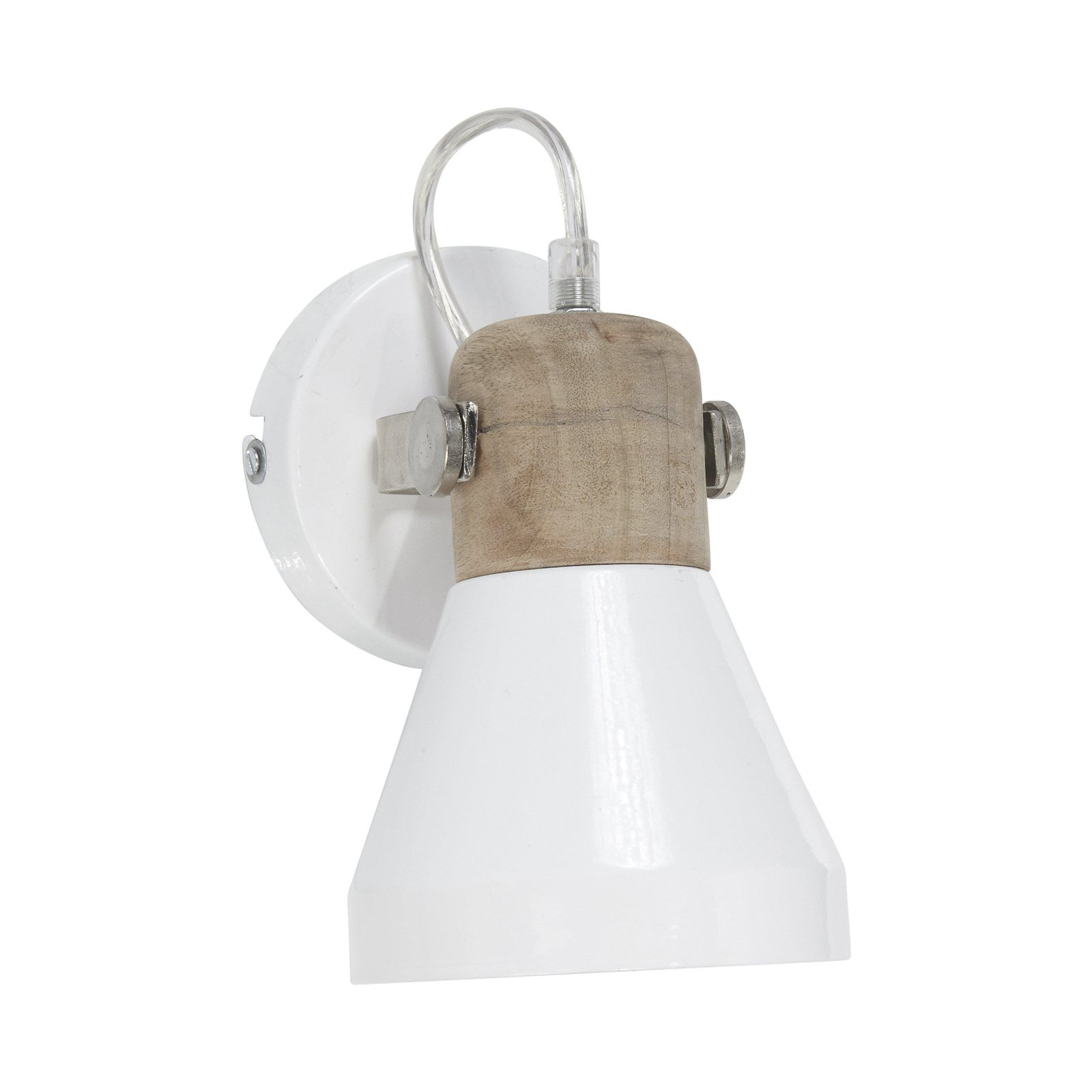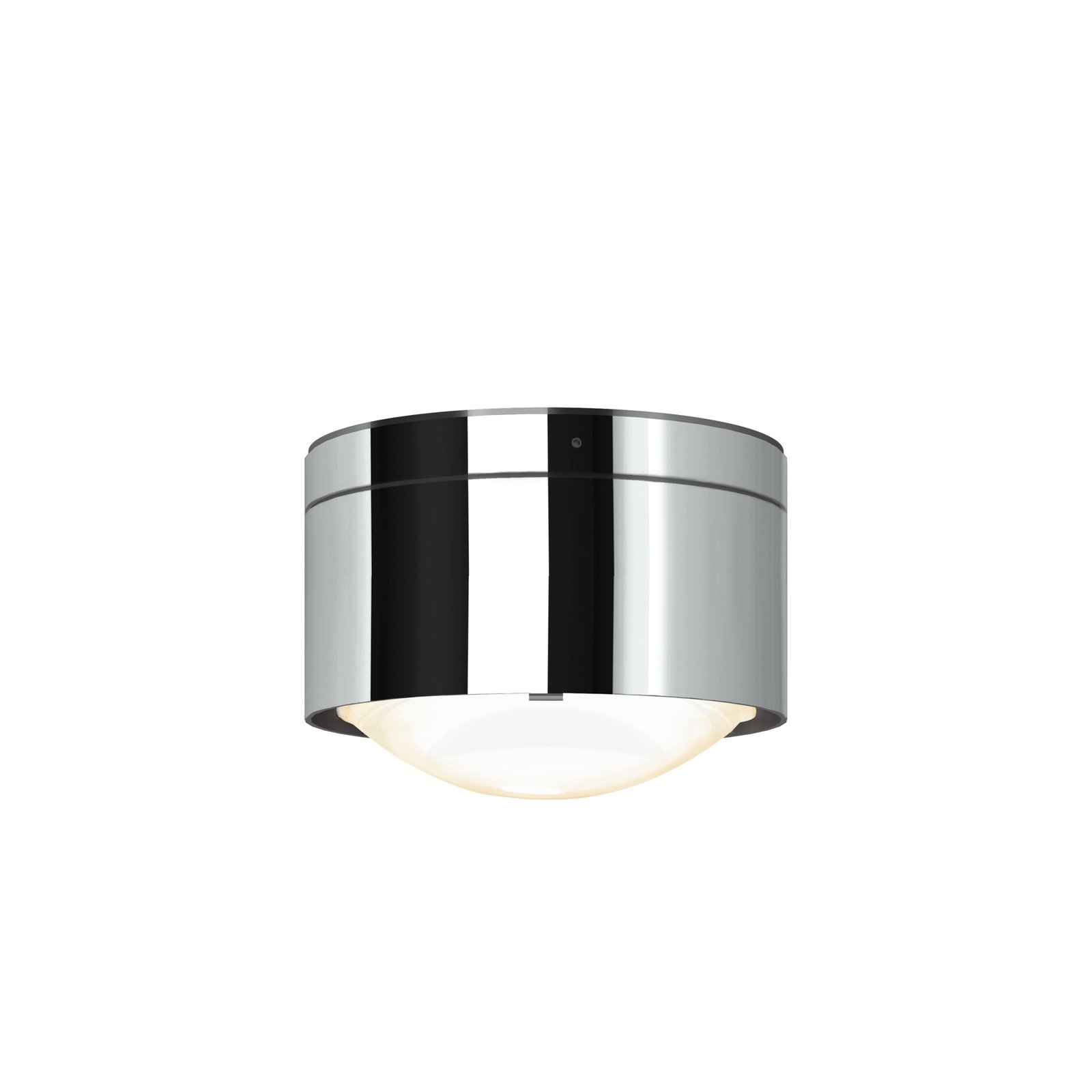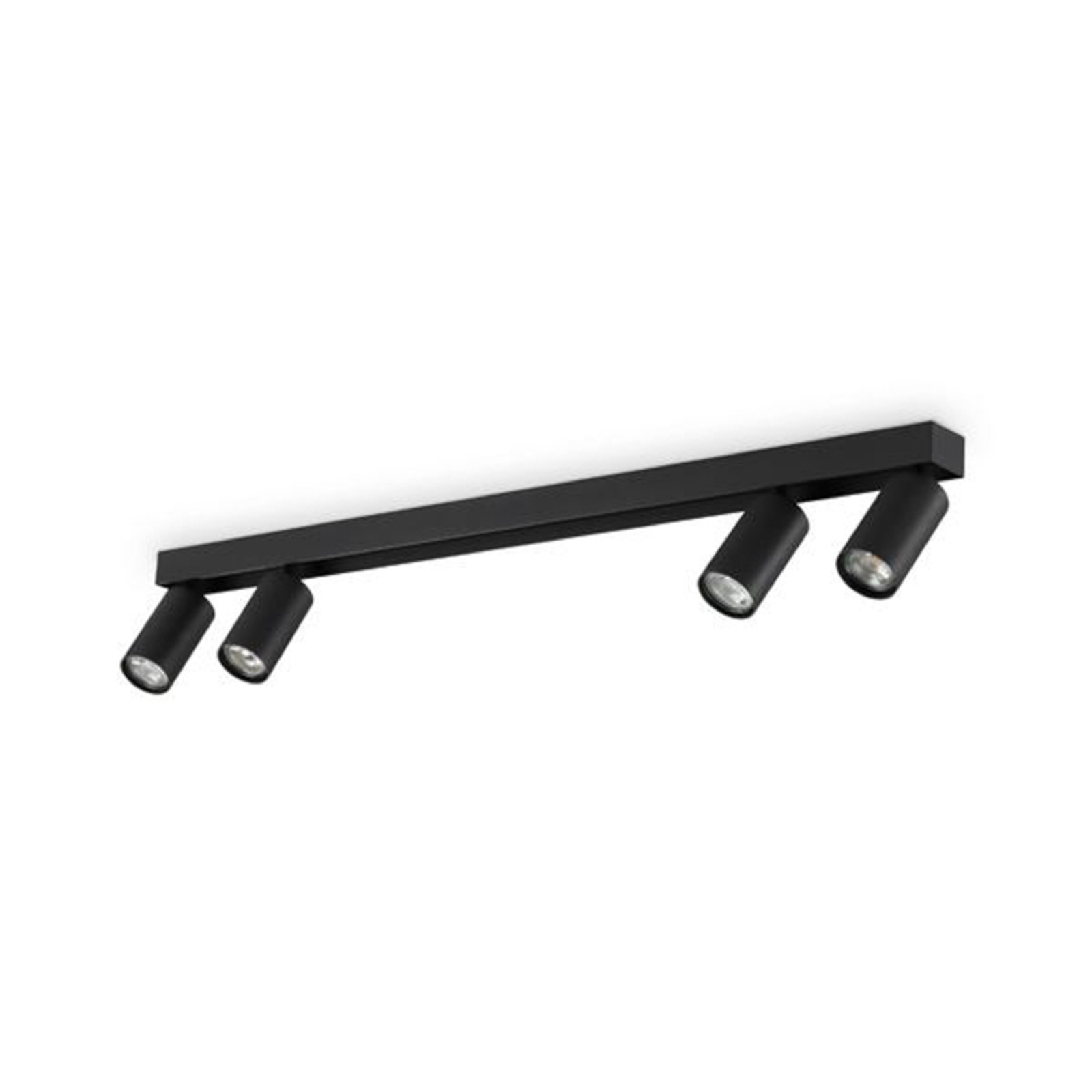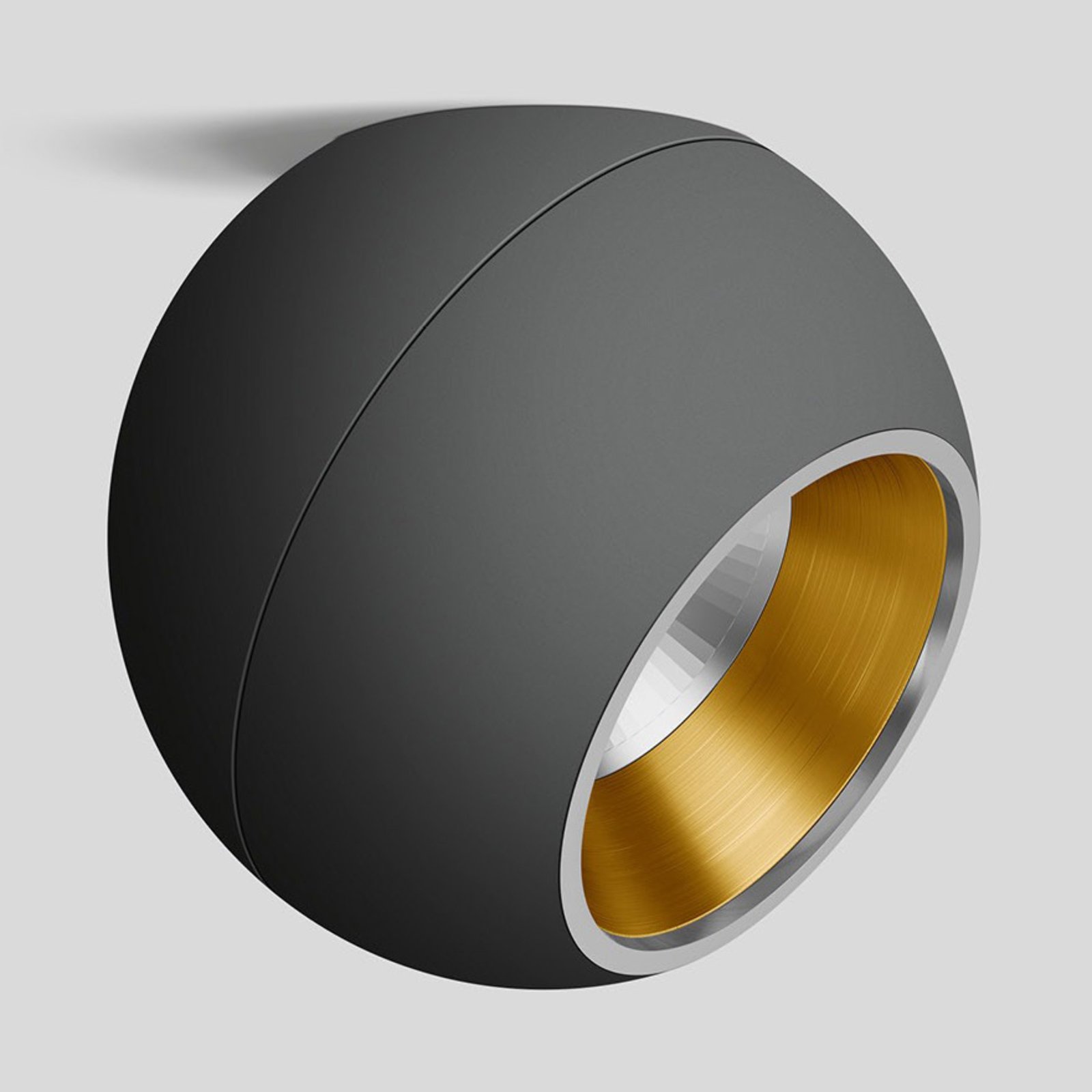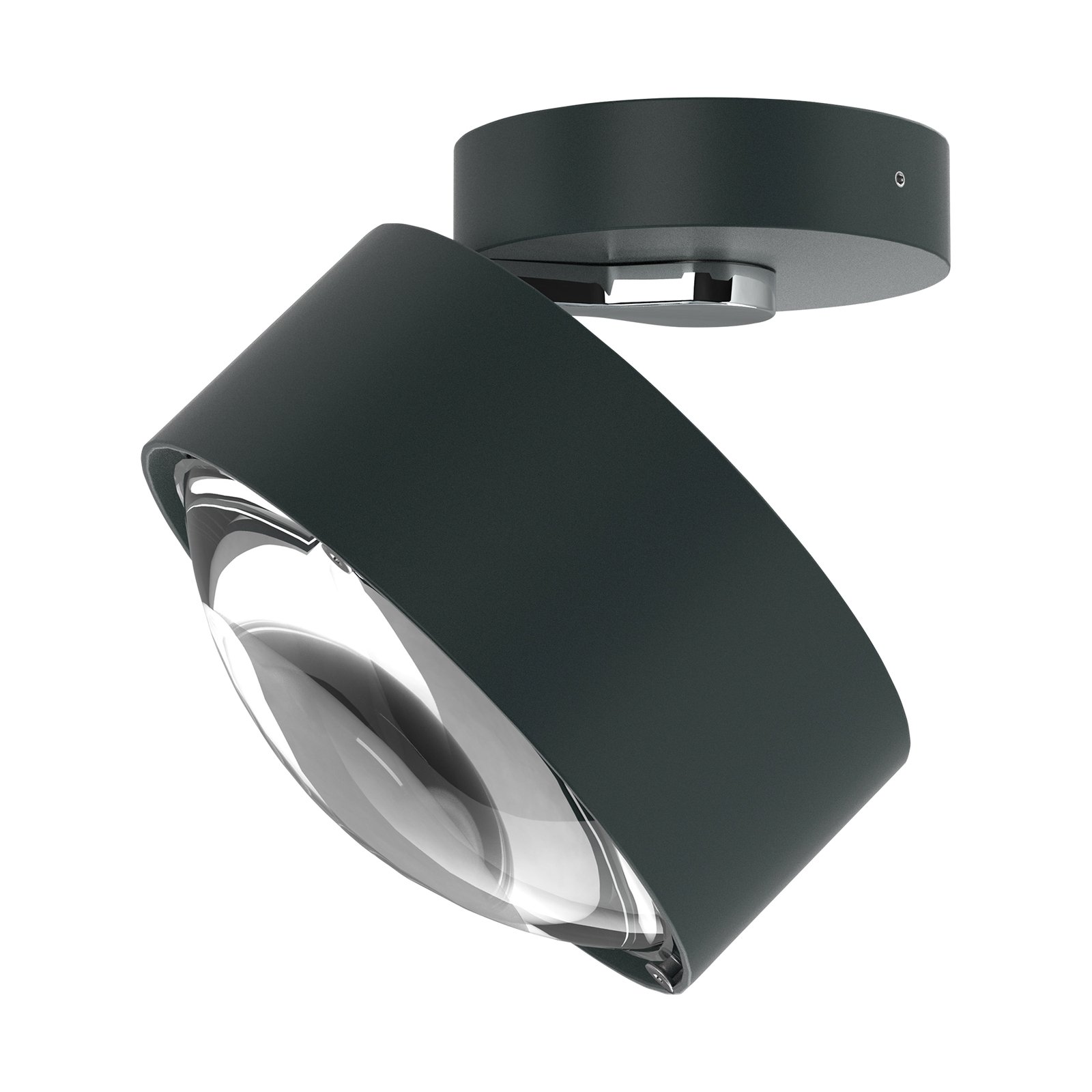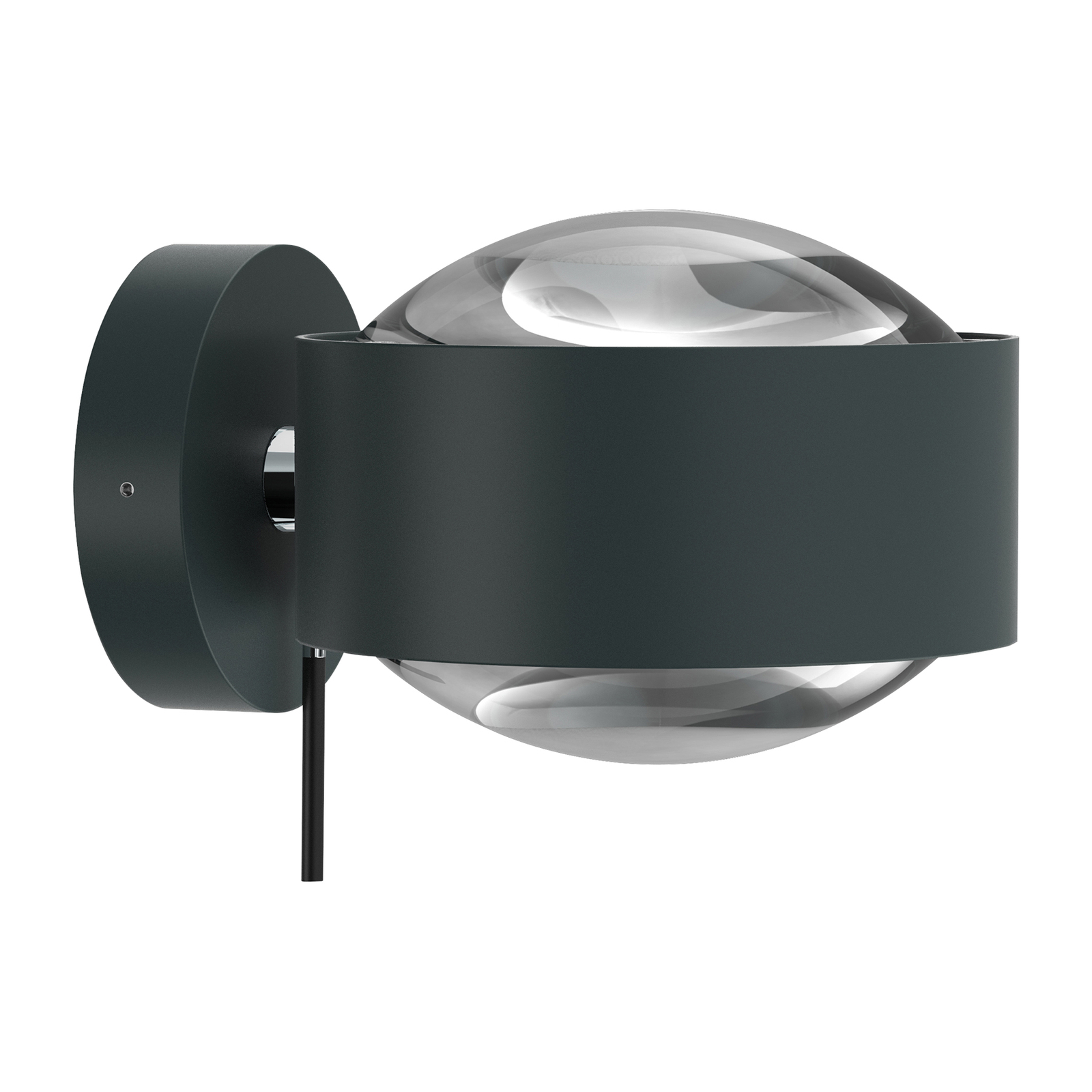- 50 days free returns
- Rated “Great” on Trustpilot
- The UK's largest selection of brands
Extra 10% off over £89 & Extra 13% off over £129
Ceiling spotlights and spotlights - creating accents with light
A very special souvenir from your last holiday destination, a cherished snapshot in a stylish frame? Would you like to draw attention to this? This works particularly well with light. And ceiling spotlights and spotlights are simply perfect for atmospheric lighting. But of course they can also be functional: you can also completely illuminate a room or a stairwell with these lights. Depending on the intended use, simply buy a different number of spots and align them individually.
How do I install ceiling spotlights and spotlights?
It's not complicated at all - the recessed spotlights are a little more complicated. But one thing at a time: Ceiling spotlights and spotlights are usually attached to the ceiling with a mounting bracket. Important: Always use the correct screws. But don't worry: most lights come with plugs and suitable screws for concrete ceilings.
In contrast, with recessed spotlights you need a few more steps: you need to drill a suitable hole in the suspended ceiling, connect the light to the power supply and then just push it into the hole, and that's it. So it's actually not too complicated. However, you are always on the safe side if you get an electrician on board.
How do I arrange ceiling spotlights correctly?
Basically, you need to ask yourself: should the whole room be illuminated? Or the beautiful things in life such as paintings and photos of special people and moments? In the first case, you will certainly need several spotlights: Of course, you can use them to illuminate more than just one room. You can also specifically illuminate hazardous areas such as ledges and steps. Tip: Nobody wants to be dazzled. This is not only unpleasant, but can even be dangerous under certain circumstances. For example, if a staircase is involved. So align everything as blind-free as possible.
What distance should be maintained between ceiling spotlights?
The same basic principle applies here: It depends on the room and the desired brightness. You will also find the minimum distance to the illuminated surface on the nameplate of the luminaire. You can use this as a guide. And your trusted electrician is sure to have some good tips. If you are unsure, our specialist advisory service will of course also be happy to help you. Contact details can be found below.
How many ceiling spotlights do you need for a room?
Always ask yourself: What kind of room are we talking about? Which activities do you want to illuminate with the spotlights? It makes sense to look at the luminous flux. The following applies: 806 lumens correspond to an old 60-watt light bulb. Many customers have a better idea of what this means. What you should also bear in mind: Sight often deteriorates with age. There may be a little more light power in the room.
Do I need a transformer for my spotlights?
Spotlights and spotlights for ceiling mounting are usually supplied with a driver. The light can therefore be connected directly to 230 volts. The driver is located in the connection box and is not visible after installation. So not a thorn in the side of the quality-conscious hobby interior decorator.
Which is better: halogen or LED?
Are you still unsure which light source is better? We say quite clearly: LED. The advantages outweigh the disadvantages across the board:
- You save costs: as much as 60 % compared to halogen lamps
- LED lights have a long lifespan: up to 50,000 hours. That makes over 34 years with a daily use of 4 hours.
- You can choose the light colour LEDs are not cold or bluish. This is a stubborn prejudice.
Are there also dimmable ceiling spotlights and spotlights?
Is creating ambience important to you? Then your ceiling spotlights and spotlights should definitely have a dimming function. This allows you to reduce the light intensity depending on the occasion and mood. You can find out whether your favourite model can do this in the product details in the shop. This practical table shows you all the services and extras at a glance.
Looking for the right dimmable ceiling spotlight? Browse our range of spotlights and spotlights from Philips Hue.
Can ceiling spotlights and spotlights always be swivelled?
Do you want to light up a beautiful painting or a chic vase as the mood takes you? You can do this if your spot can be swivelled as required. This is often the case. But not always. It is therefore best to study the item description carefully. Or simply look at the pictures in the shop - it is often easy to see whether the ceiling spotlight can be adjusted.
Which spotlights are suitable for the bathroom and kitchen?
Where it can get damp, the following always applies: ensure an appropriate protection class against foreign bodies and moisture. In the kitchen directly above the sink, for example, it can sometimes splash. You should choose IP44. Or, to be on the safe side, a higher protection class. You can see exactly what this means in our practical table:
| Digit IPX4 | Protection against foreign bodies |
|---|---|
| 0 | No protection |
| 1 | Protected against solid foreign bodies ≥ 50 mm |
| 2 | Protected against solid foreign bodies ≥ 12.5 mm |
| 3 | Protected against solid foreign bodies ≥ 2.5 mm |
| 4 | Protected against solid foreign bodies ≥ 1 mm |
| 5 | Dustproof |
| 6 | Dustproof |
| Digit IP4X | Protection against moisture |
|---|---|
| 0 | No protection |
| 1 | Protected against vertically impinging dripping water |
| 2 | Protected against dripping water at an angle |
| 3 | Protected against water spray |
| 4 | Protected against splash water |
| 5 | Protected against water jets |
| 6 | Protected against strong water jets |
| 7 | Protected against temporary submersion |
| 8 | Protected against permanent submersion |
You can find more information on the types of protection in our IP protection types guide.
Important to note: Different regulations apply in the commercial sector than in the private sector. So if you want to illuminate your restaurant kitchen, get good advice beforehand. For example, from our B2B team - here* you can access our contact form.*
The strike-through prices correspond to the manufacturer's RRP.
All prices include 20% VAT, delivery costs excluded.














